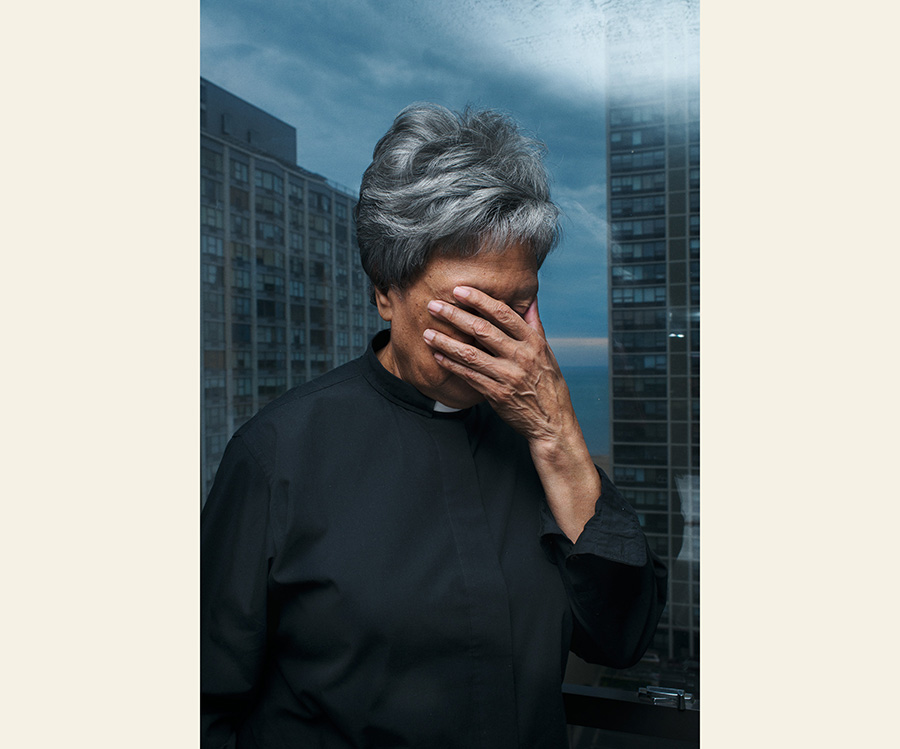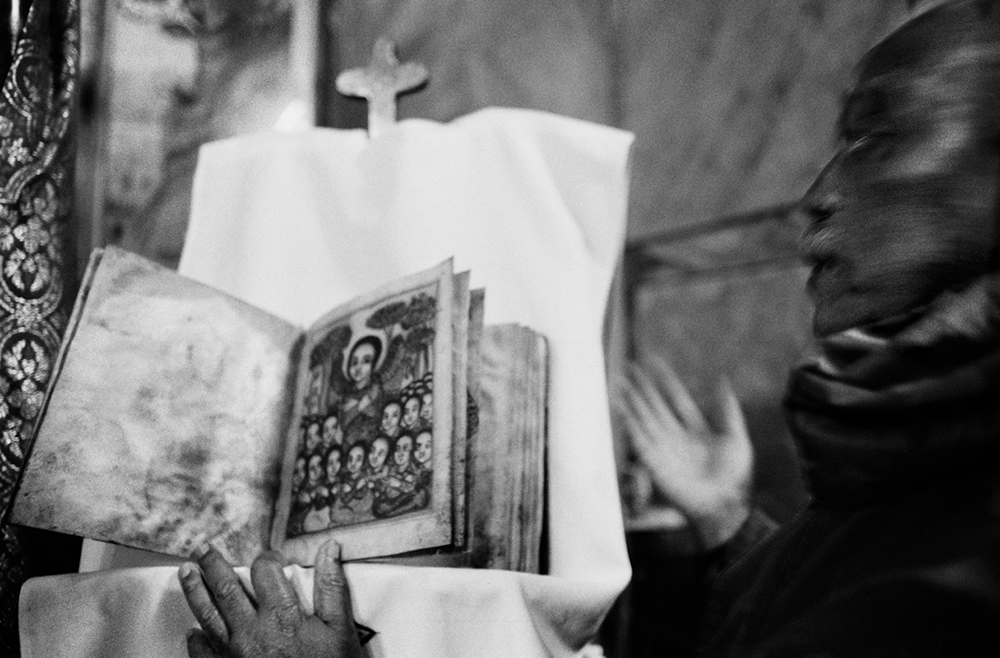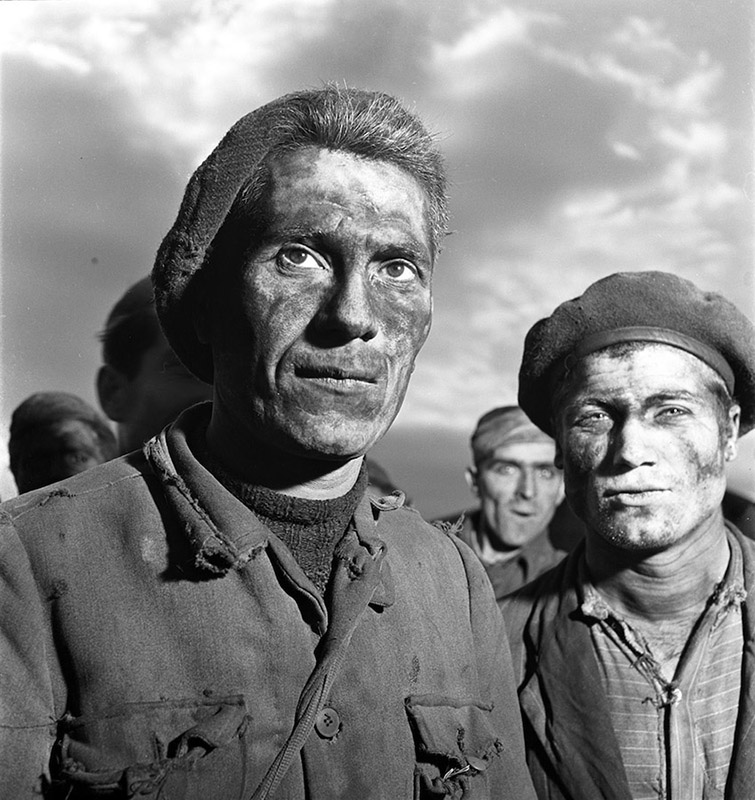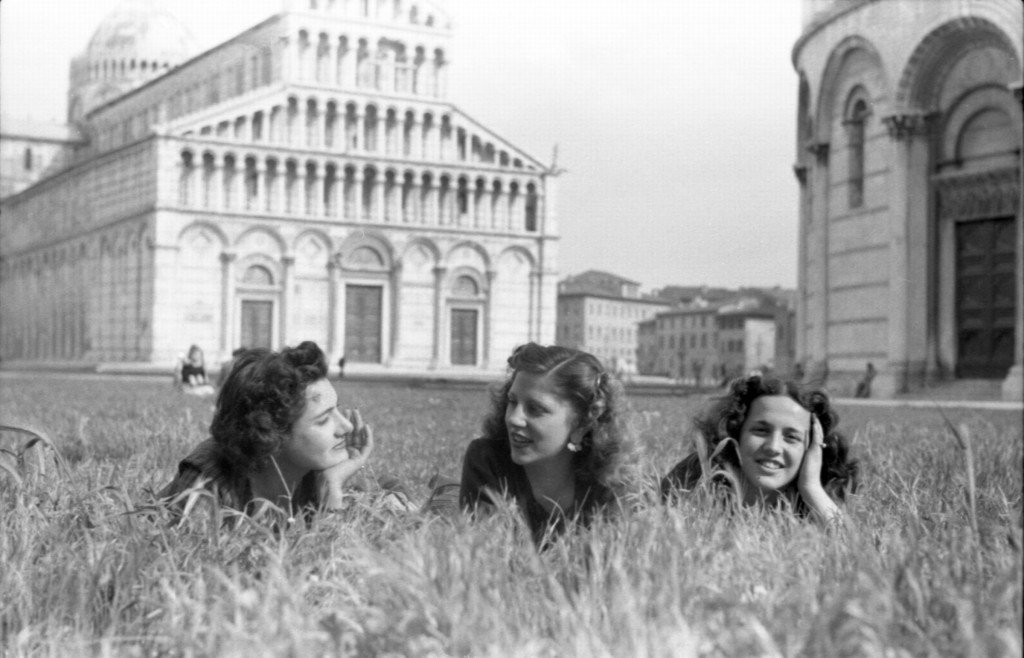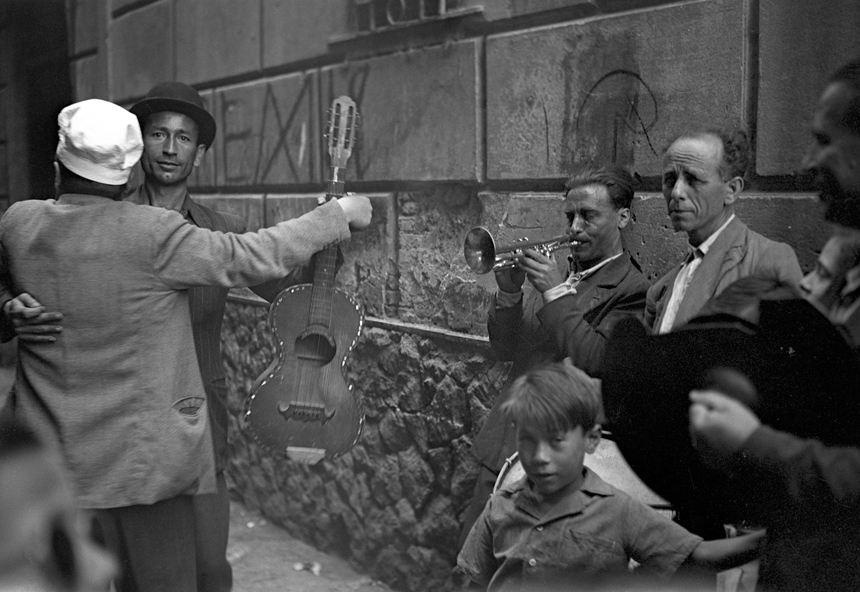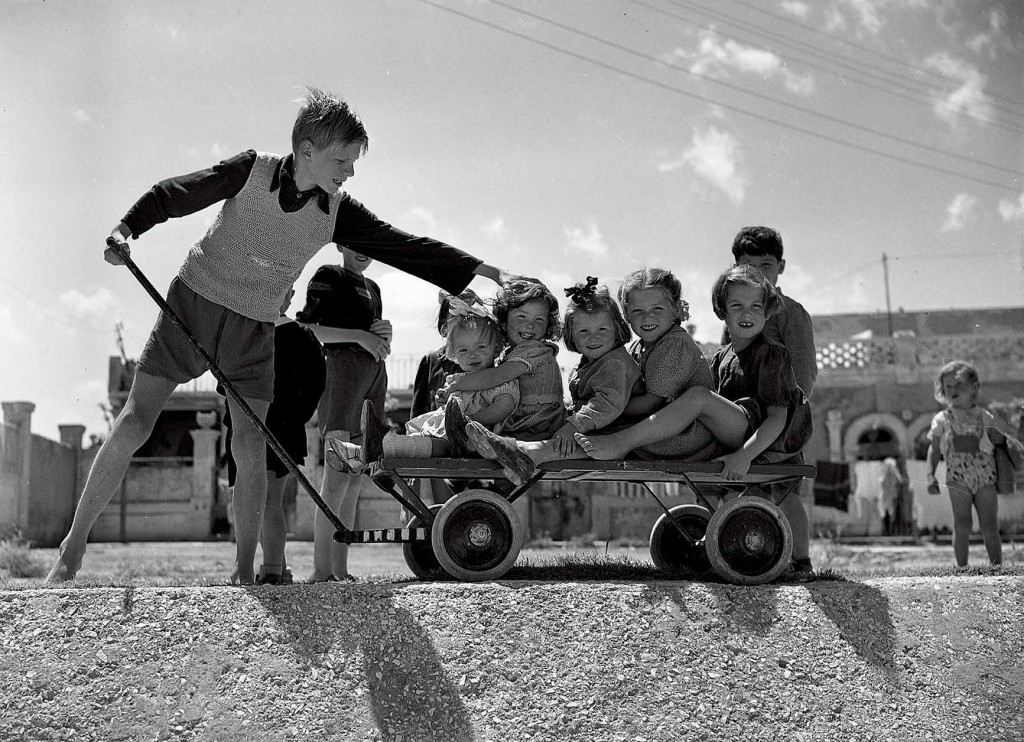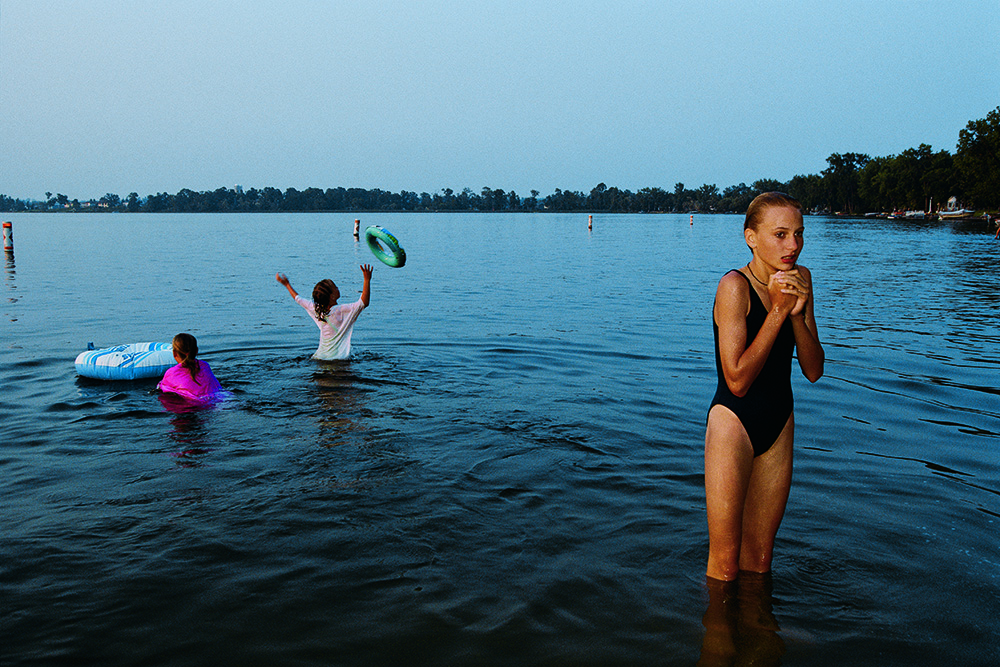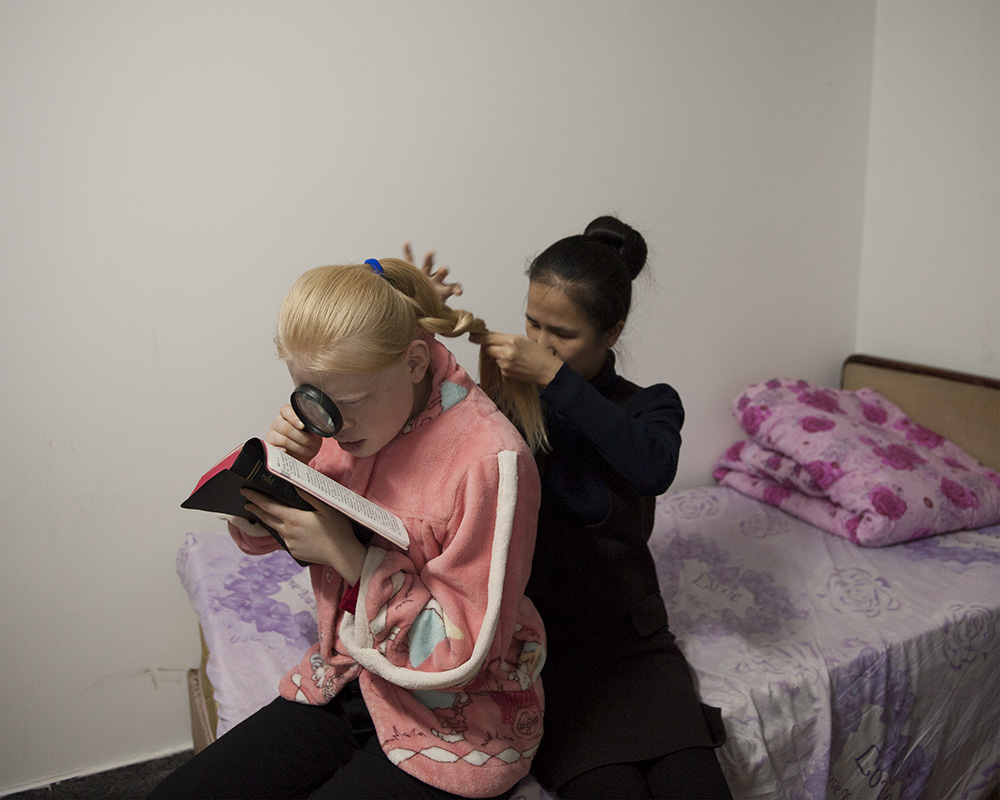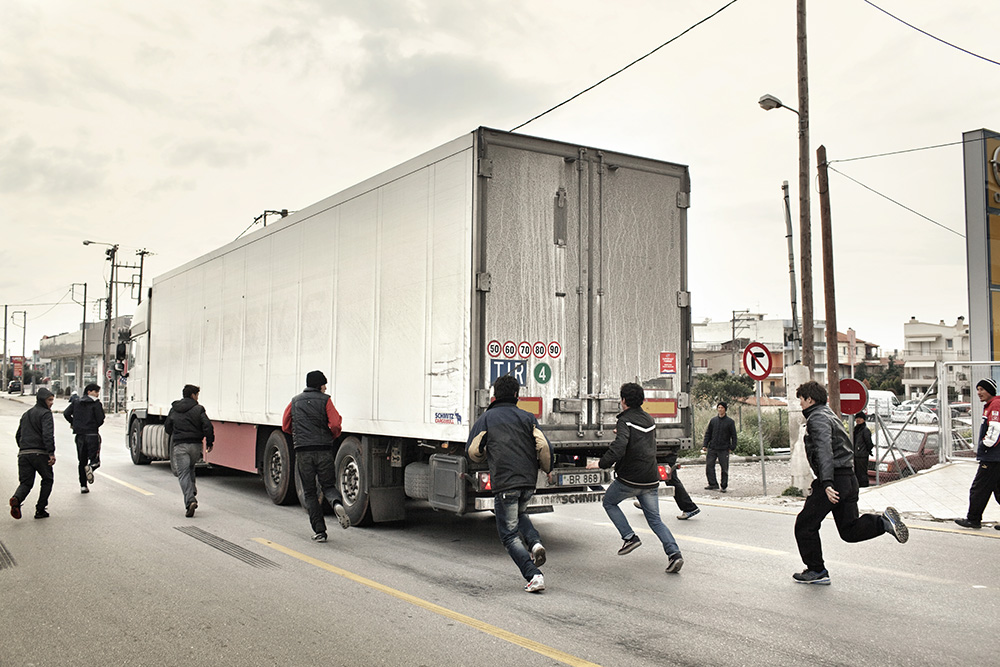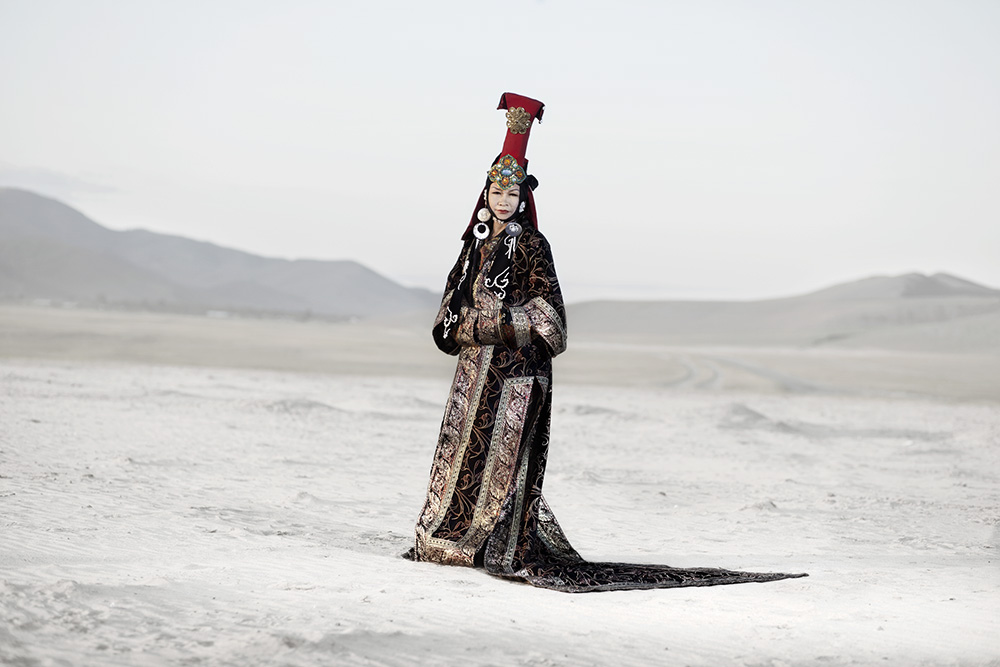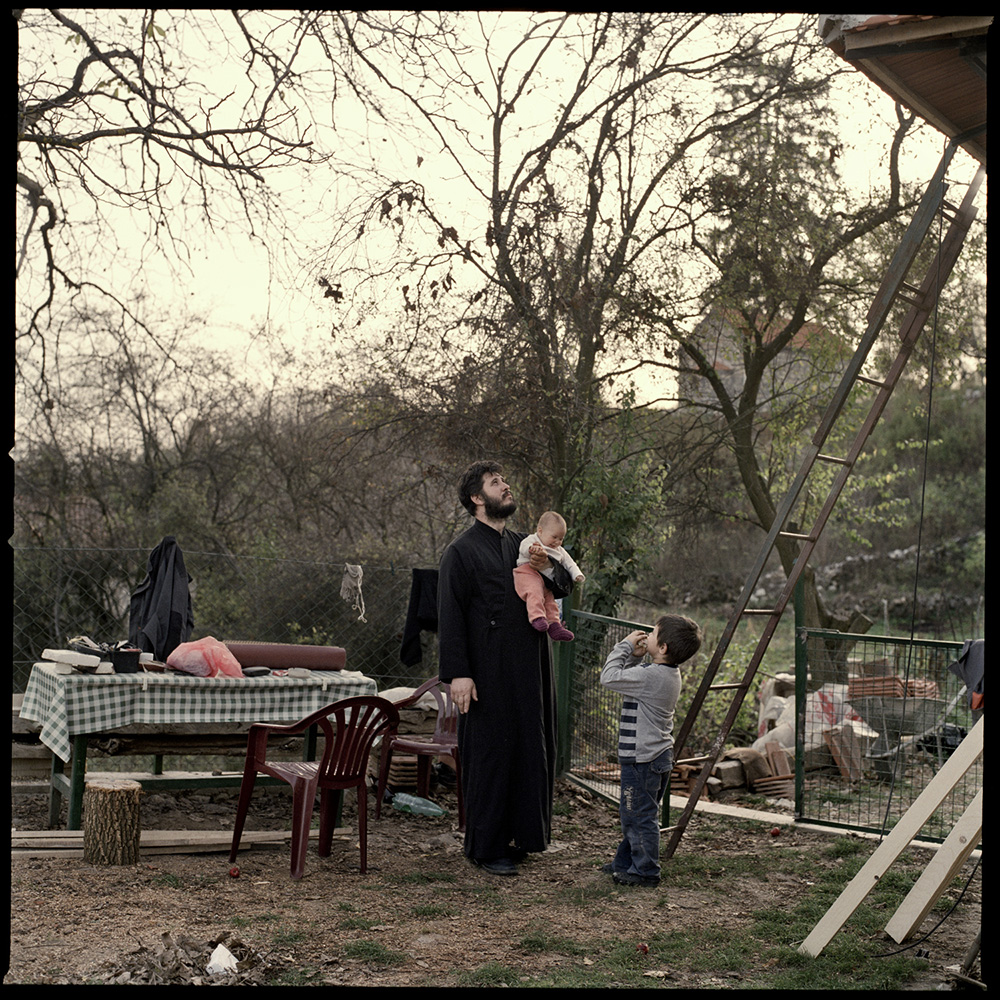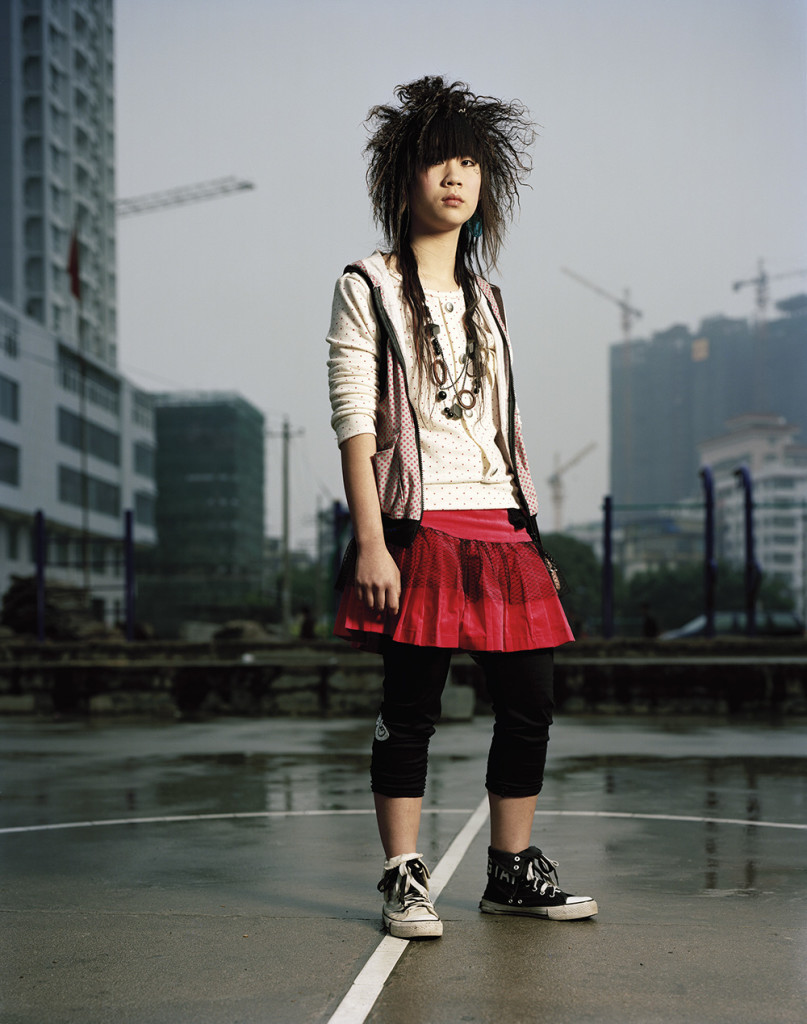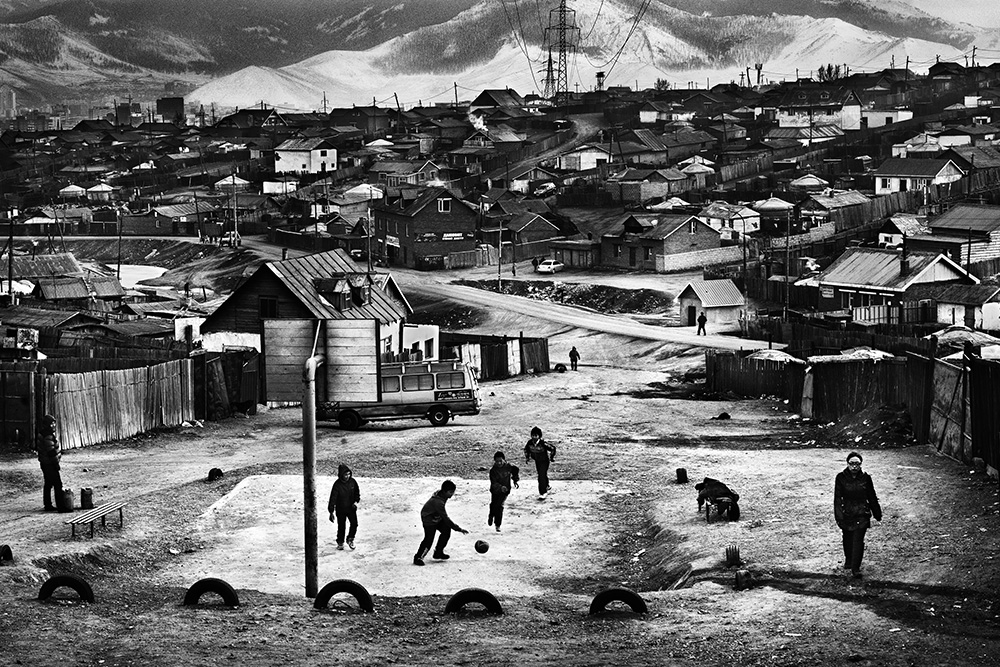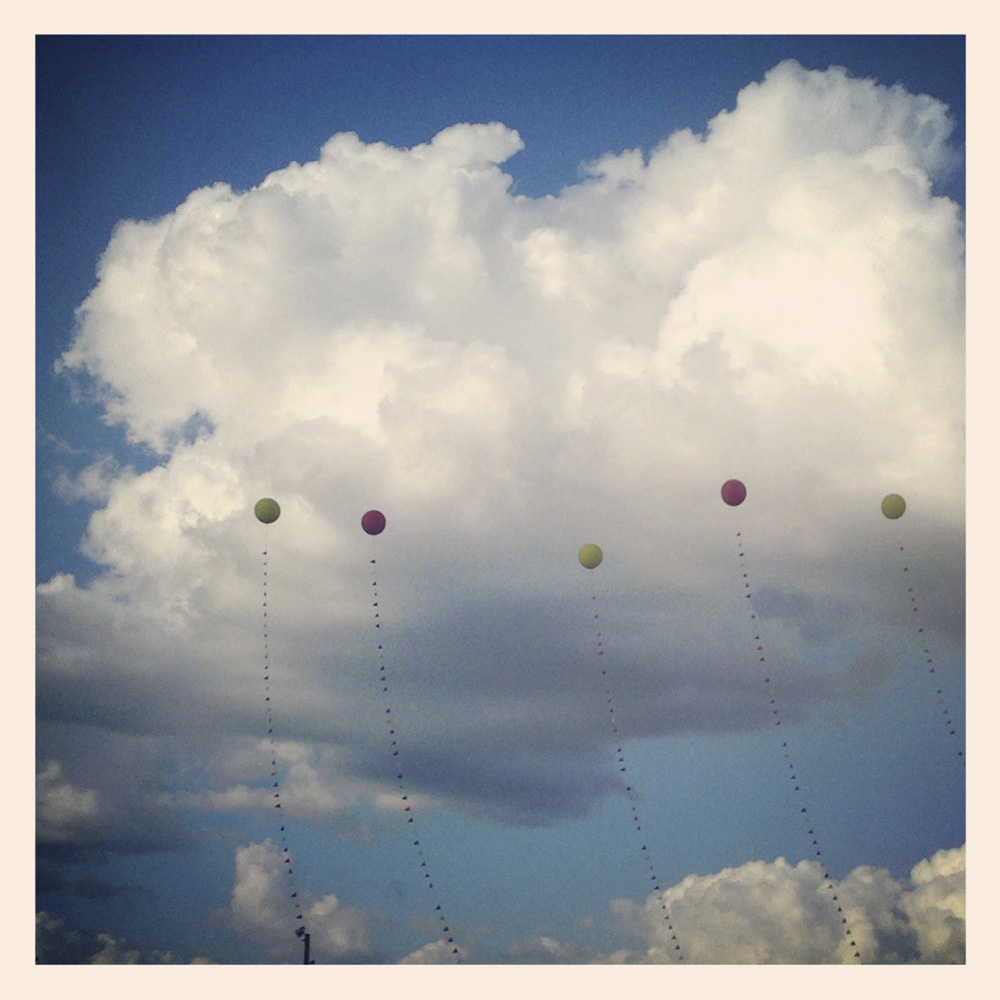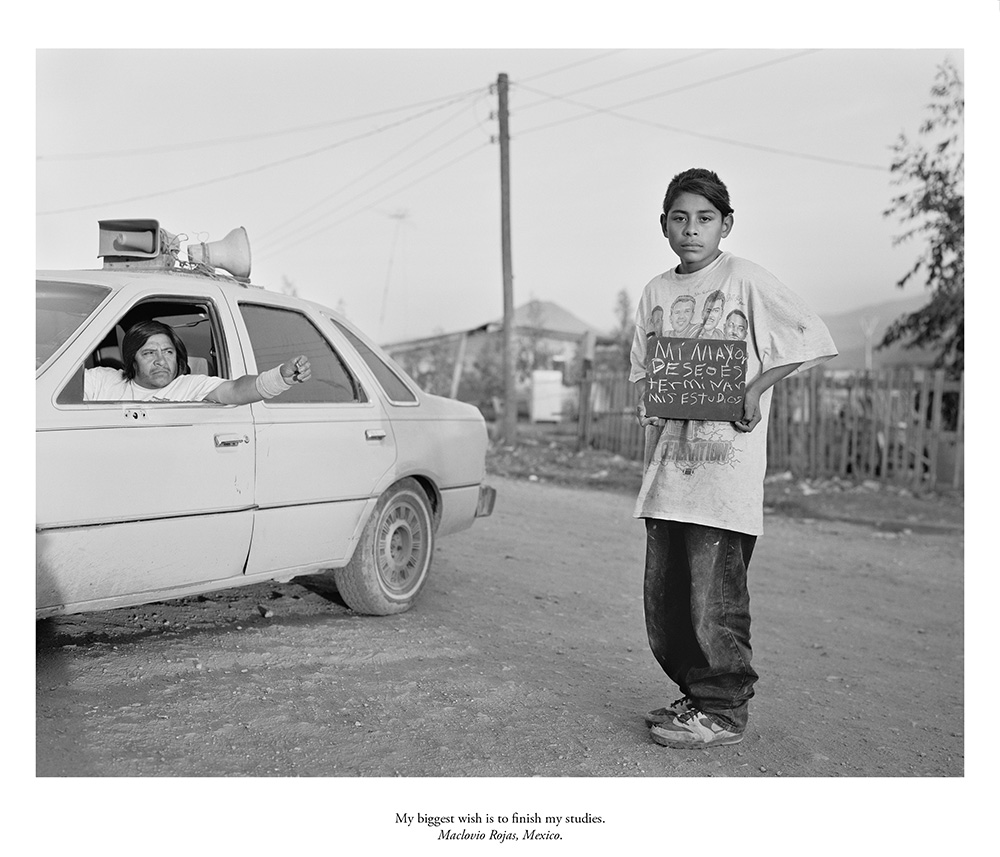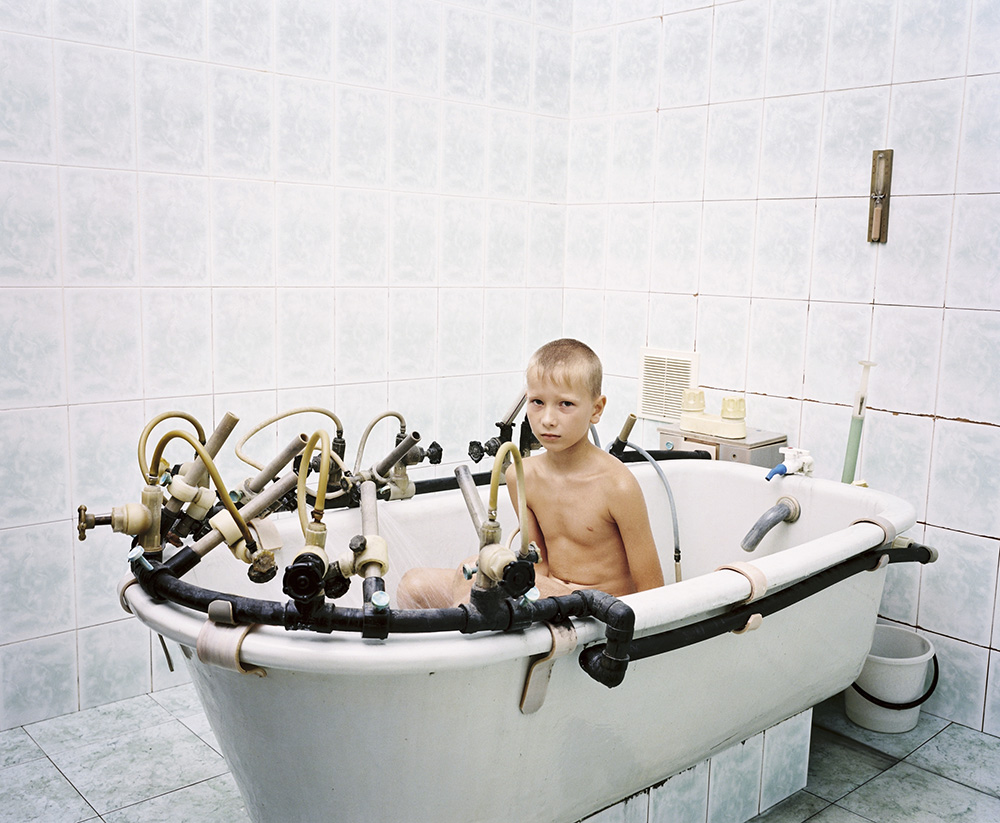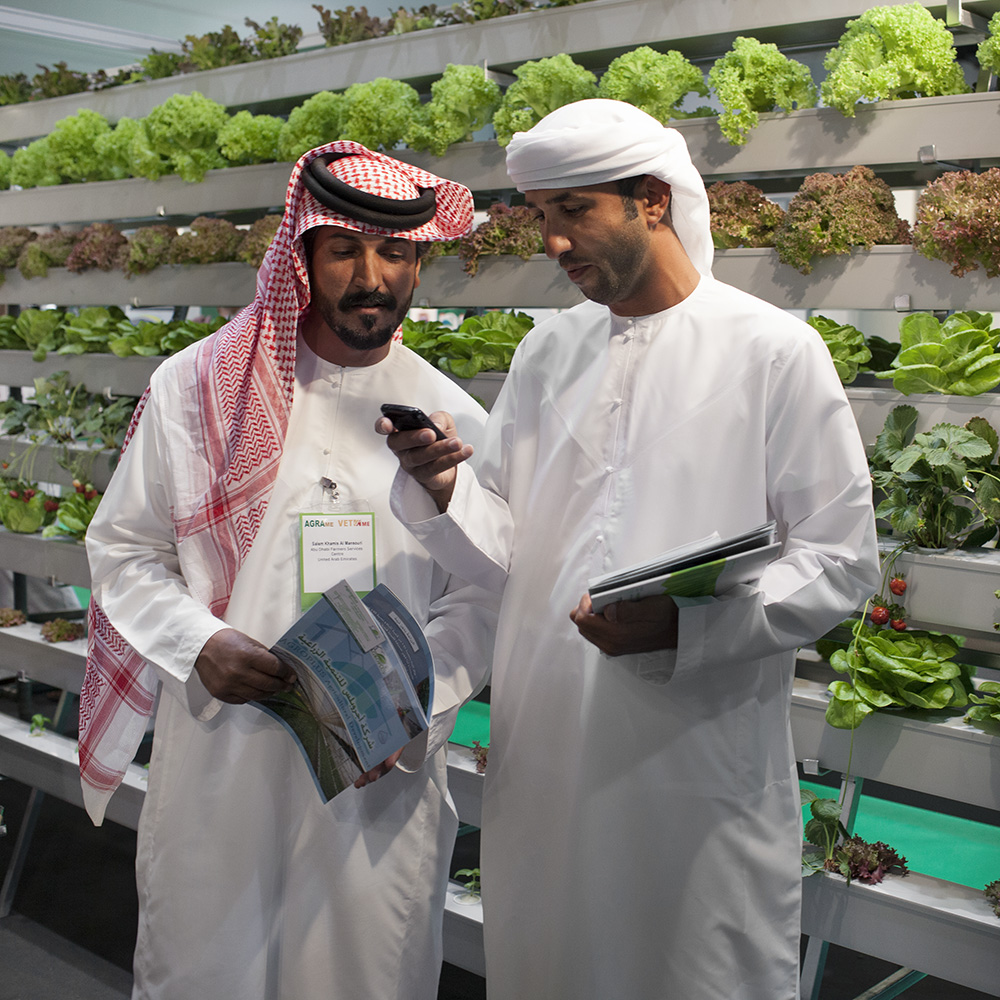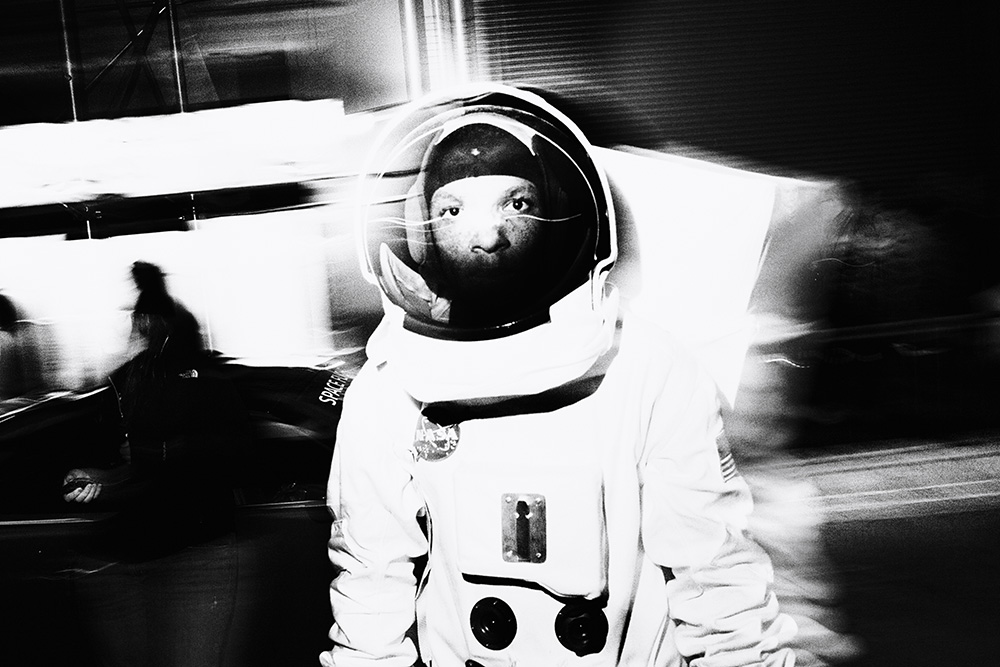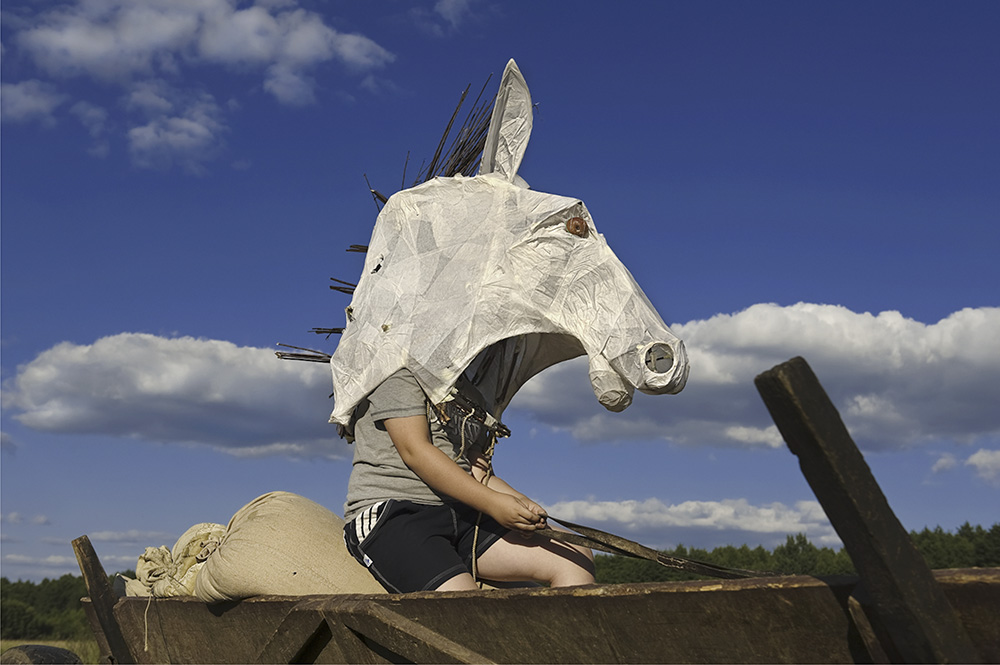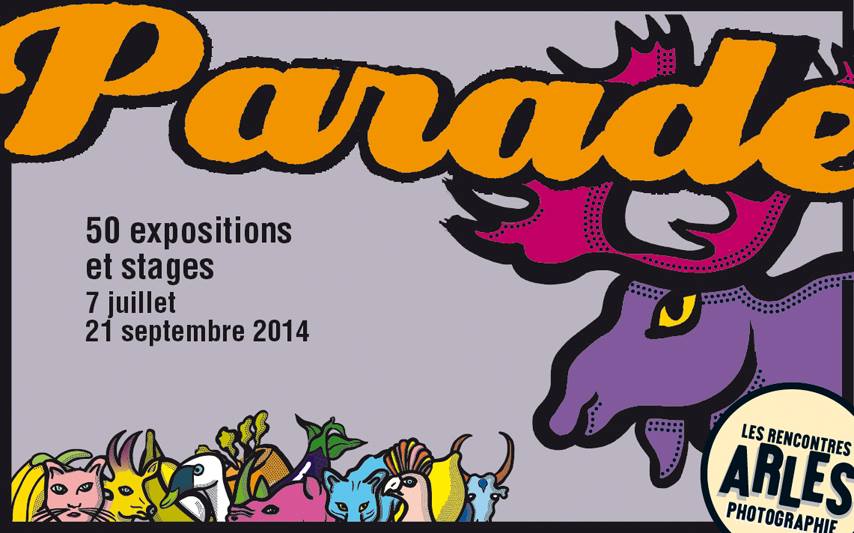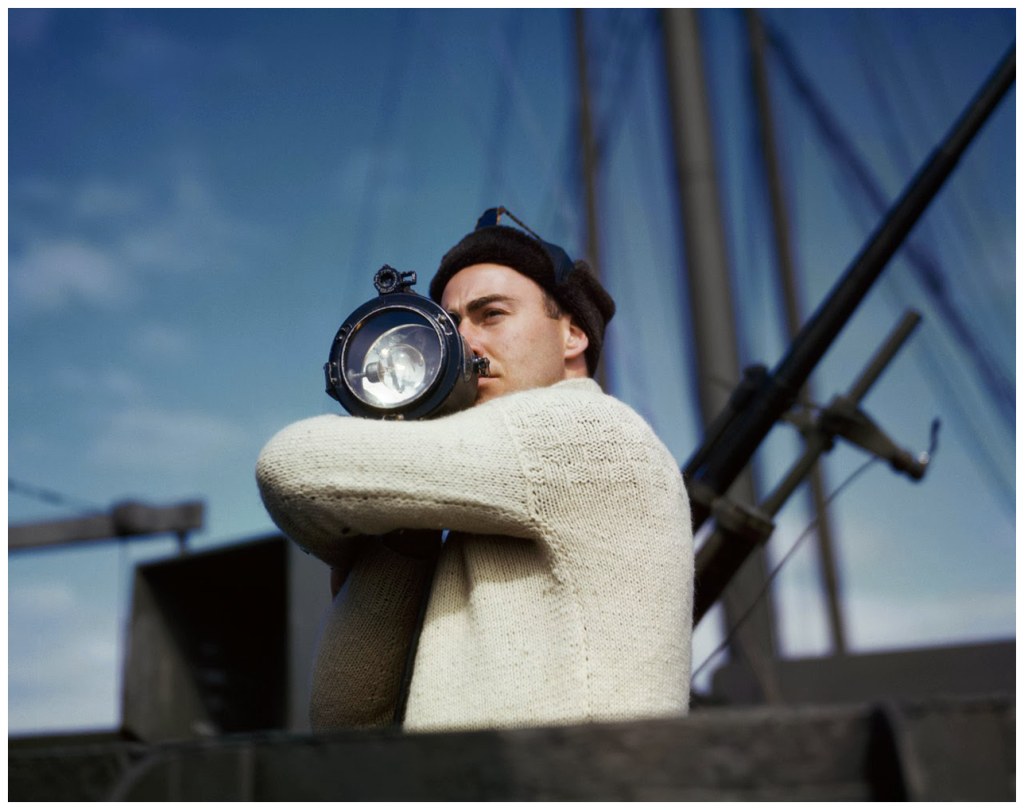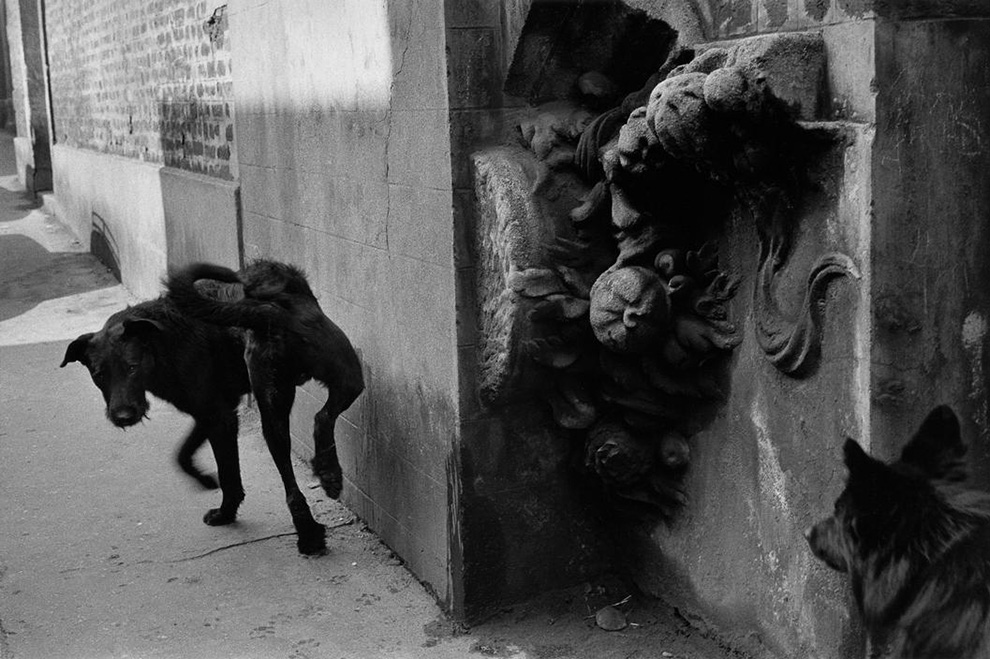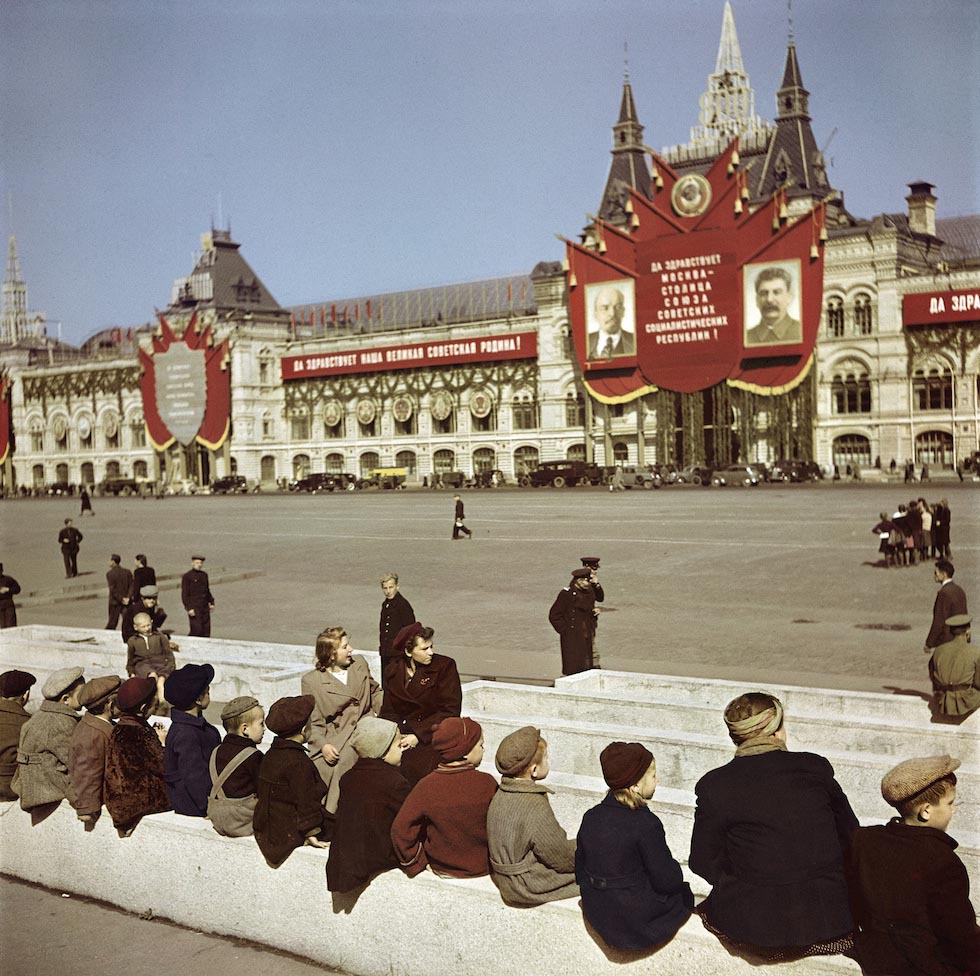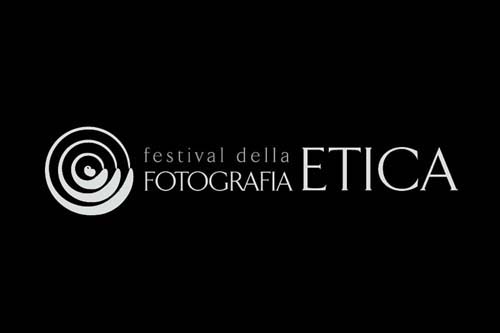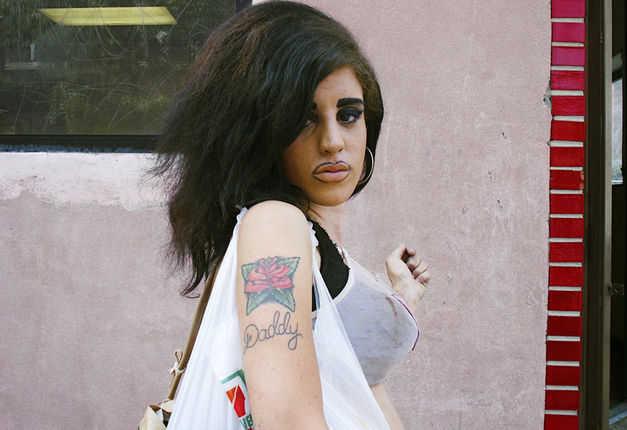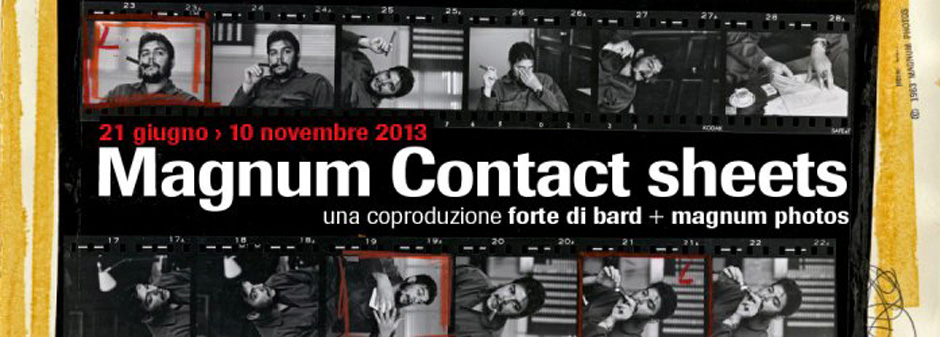
Les Rencontres d'Arles 2014. Foto © Mariateresa dell'Aquila.
Les Rencontres d'Arles 2014. Foto © Mariateresa dell'Aquila.
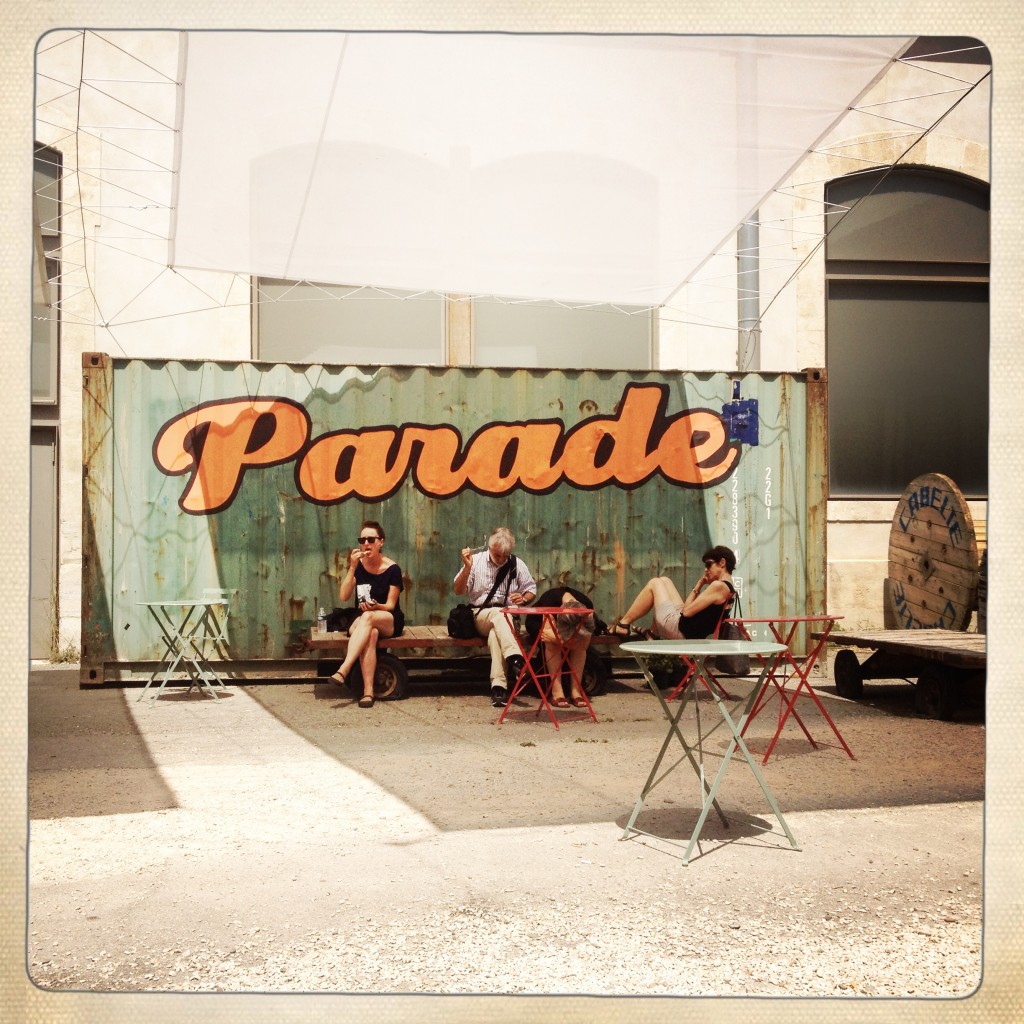
Les Rencontres d'Arles 2014, Magasin Electrique. Foto © Mariateresa dell'Aquila.
Les Rencontres d'Arles 2014, Magasin Electrique. Foto © Mariateresa dell'Aquila.

Les Rencontres d'Arles 2014, Atelier des Forges. Foto © Mariateresa dell'Aquila.
Les Rencontres d'Arles 2014, Atelier des Forges. Foto © Mariateresa dell'Aquila.

Les Rencontres d'Arles 2014, Atelier de Chaudronnerie. Foto © Mariateresa dell'Aquila.
Les Rencontres d'Arles 2014, Atelier de Chaudronnerie. Foto © Mariateresa dell'Aquila.
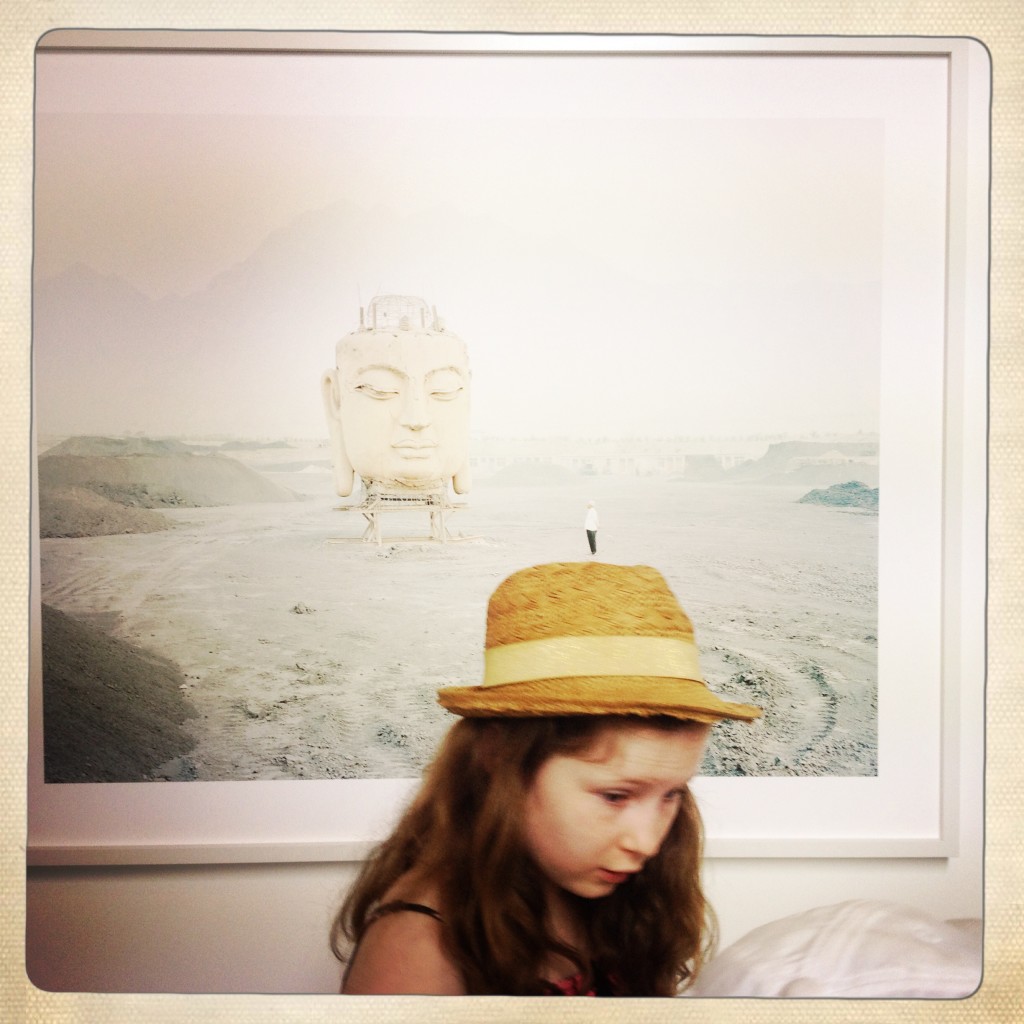
Les Rencontres d'Arles 2014, Kechun Zhang. Atelier de Chaudronnerie. Foto © Mariateresa dell'Aquila.
Les Rencontres d'Arles 2014, Kechun Zhang. Atelier de Chaudronnerie. Foto © Mariateresa dell'Aquila.

Les Rencontres d'Arles 2014, Kechun Zhang. Atelier de Chaudronnerie. Foto © Mariateresa dell'Aquila.
Les Rencontres d'Arles 2014, Kechun Zhang. Atelier de Chaudronnerie. Foto © Mariateresa dell'Aquila.

Les Rencontres d'Arles 2014. Atelier de Chaudronnerie. Foto © Mariateresa dell'Aquila.
Les Rencontres d'Arles 2014. Atelier de Chaudronnerie. Foto © Mariateresa dell'Aquila.
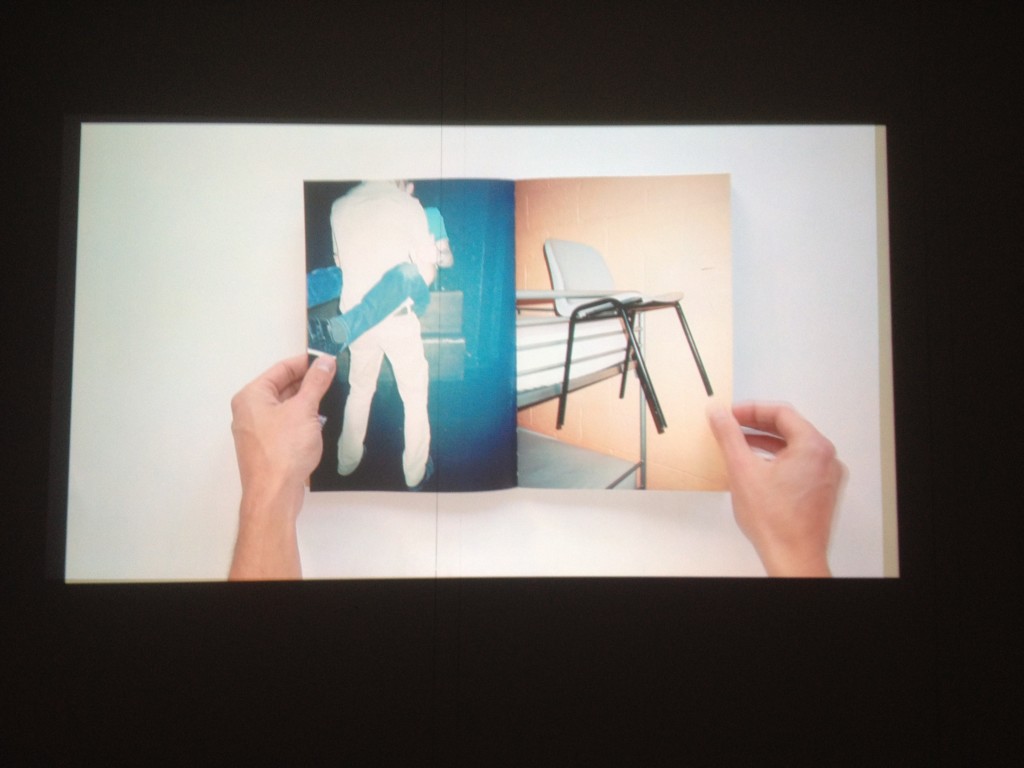
Les Rencontres d'Arles 2014. Martin Parr e Wassinklundgren, "Chinese photobook". Bureau des lices. Foto © Mariateresa dell'Aquila.
Les Rencontres d'Arles 2014. Martin Parr e Wassinklundgren, "Chinese photobook". Bureau des lices. Foto © Mariateresa dell'Aquila.

Les Rencontres d'Arles 2014. Martin Parr e Wassinklundgren, "Chinese photobook". Bureau des lices. Foto © Mariateresa dell'Aquila.
Les Rencontres d'Arles 2014. Martin Parr e Wassinklundgren, "Chinese photobook". Bureau des lices. Foto © Mariateresa dell'Aquila.

Les Rencontres d'Arles 2014. Martin Parr e Wassinklundgren, "Chinese photobook". Bureau des lices. Foto © Mariateresa dell'Aquila.
Les Rencontres d'Arles 2014. Martin Parr e Wassinklundgren, "Chinese photobook". Bureau des lices. Foto © Mariateresa dell'Aquila.
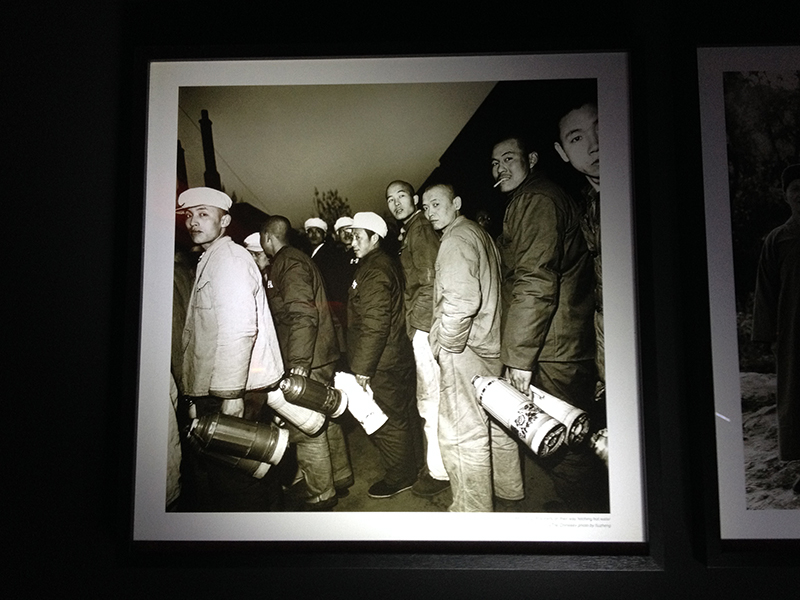
Les Rencontres d'Arles 2014. Liu Zheng, "The Chinese Photobook", Foto © Gabriele Magazzù
Les Rencontres d'Arles 2014. Liu Zheng, "The Chinese Photobook", Foto © Gabriele Magazzù
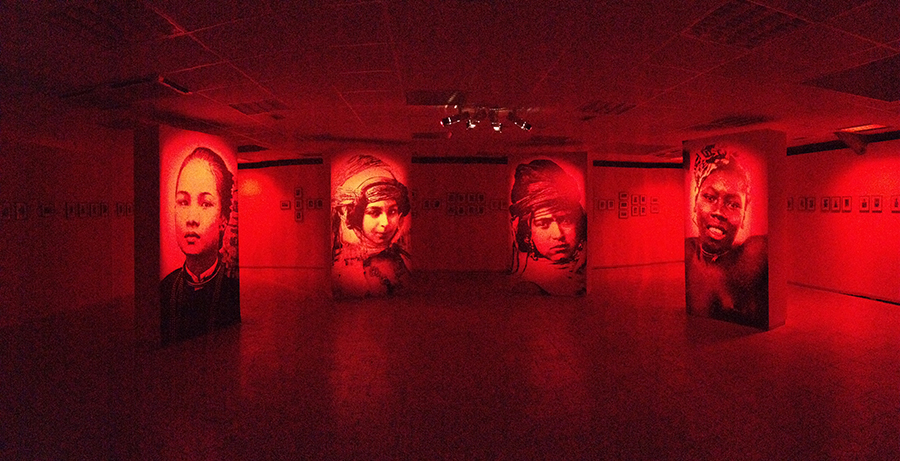
Les Rencontres d'Arles 2014. Bons baisers des colonies, Bureau des Lices. Foto © Gabriele Magazzù
Les Rencontres d'Arles 2014. Bons baisers des colonies, Bureau des Lices. Foto © Gabriele Magazzù
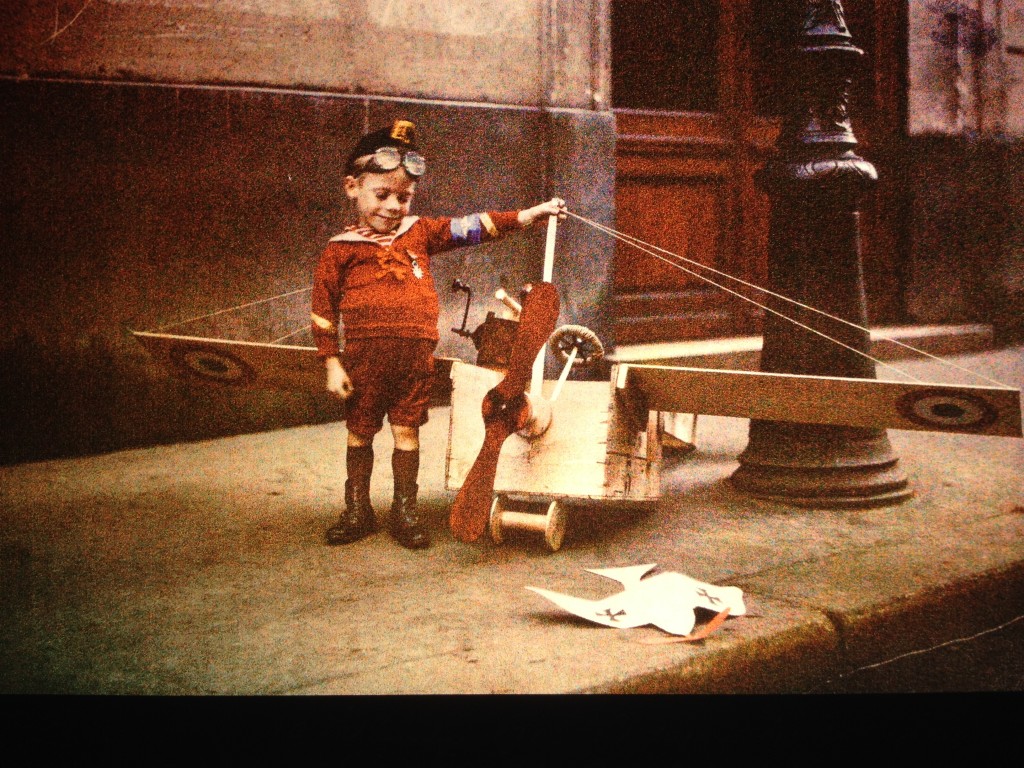
Les Rencontres d'Arles 2014. Léon Gimpel, "La guerra dei bambini". Eglise des Fréres-Precheurs. Foto © Mariateresa dell'Aquila.
Les Rencontres d'Arles 2014. Léon Gimpel, "La guerra dei bambini". Eglise des Fréres-Precheurs. Foto © Mariateresa dell'Aquila.
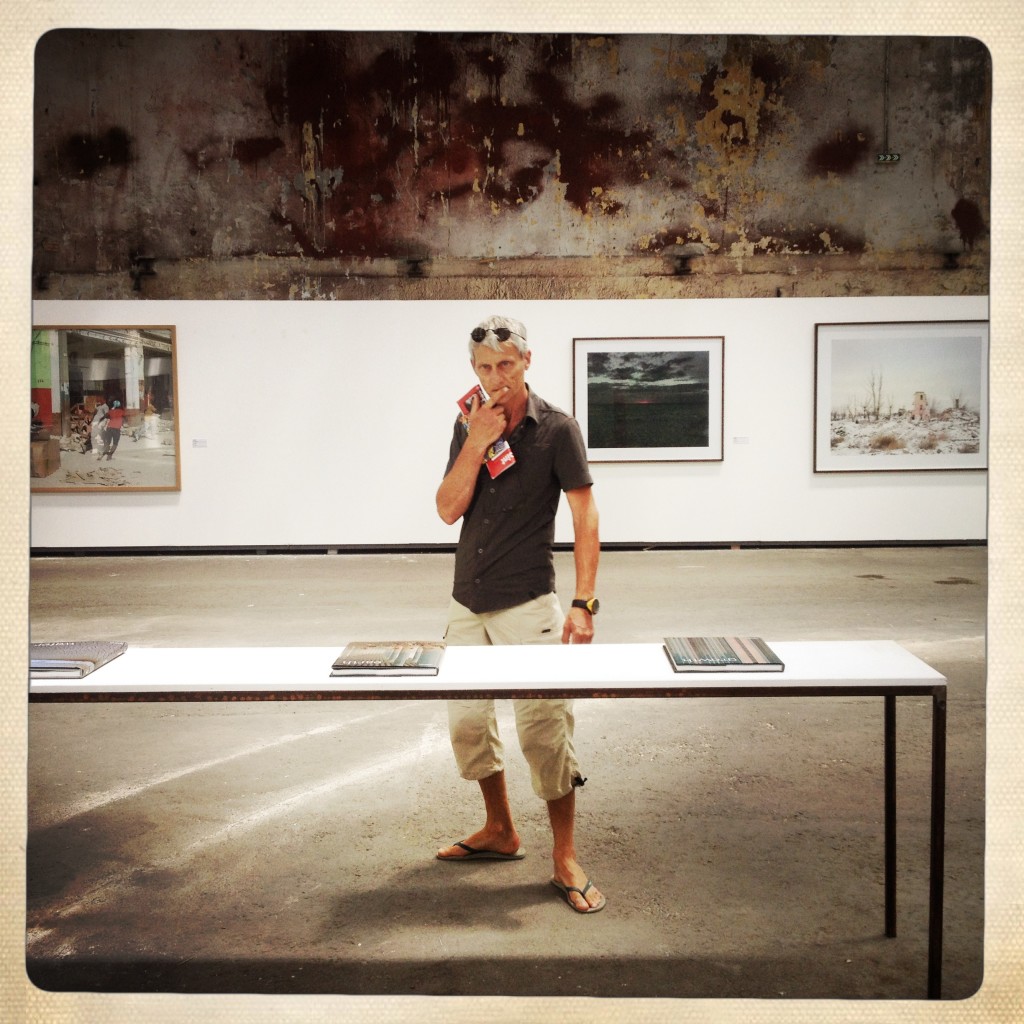
Les Rencontres d'Arles 2014. Magasin Electrique. Foto © Mariateresa dell'Aquila.
Les Rencontres d'Arles 2014. Magasin Electrique. Foto © Mariateresa dell'Aquila.
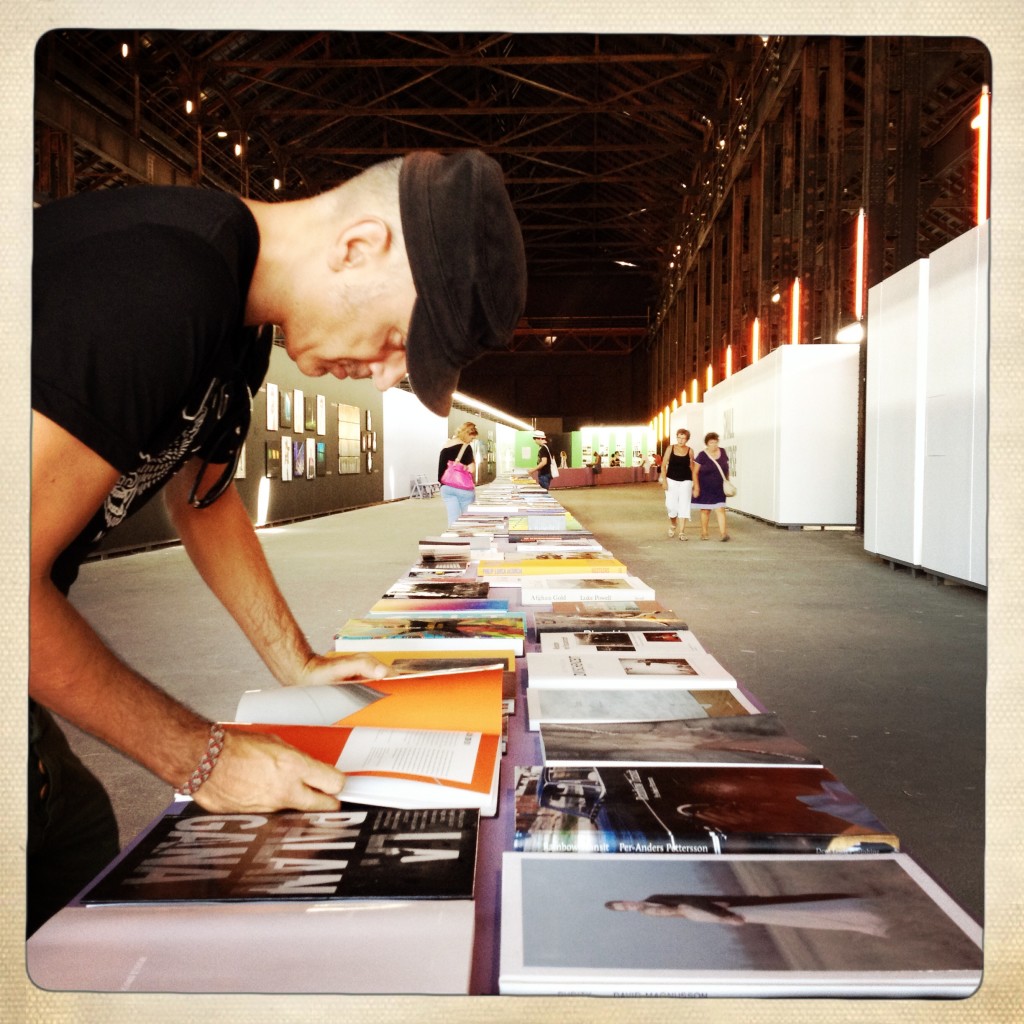
Les Rencontres d'Arles 2014. Atelier de Chaudronnerie. Foto © Mariateresa dell'Aquila.
Les Rencontres d'Arles 2014. Atelier de Chaudronnerie. Foto © Mariateresa dell'Aquila.
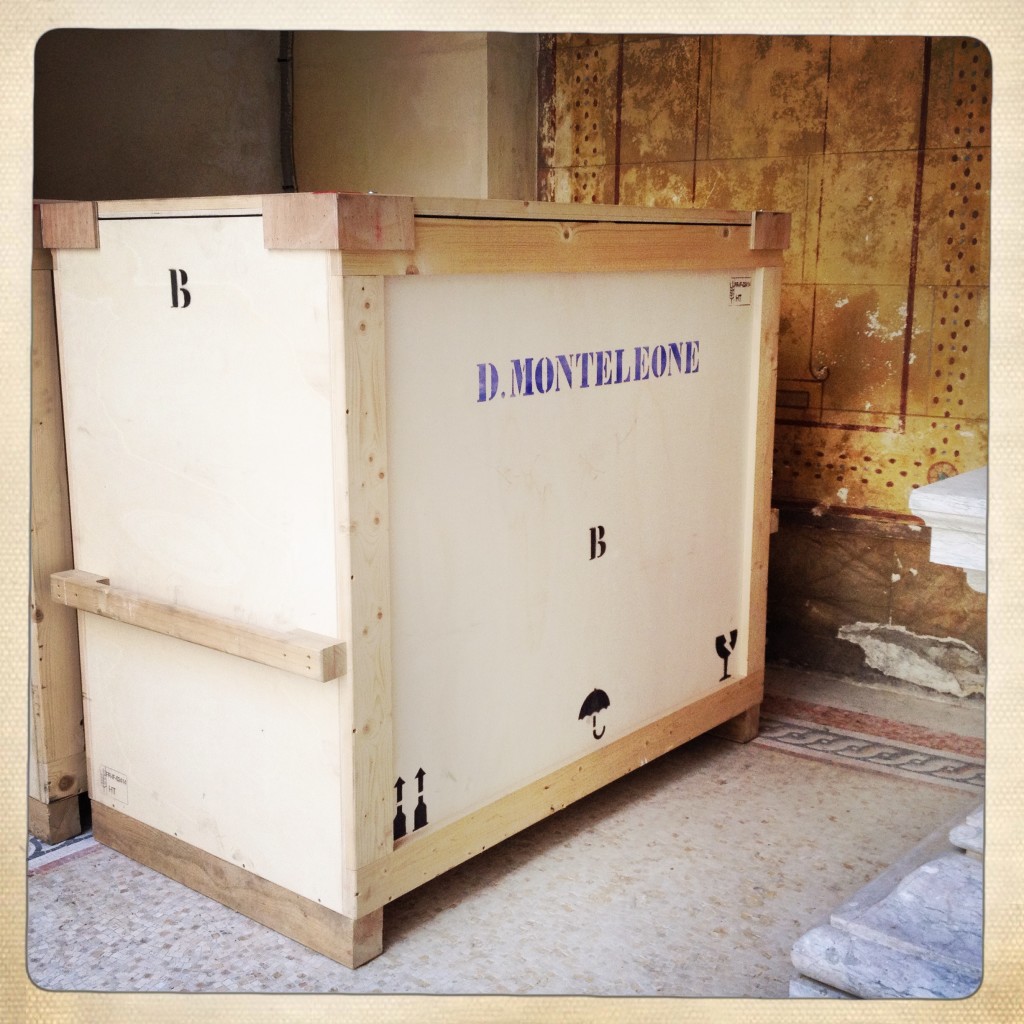
Festival Voies Off. Mostra "Spasibo" di Davide Monteleone. Hotel de Luppé, Arles. Foto © Mariateresa dell'Aquila.
Festival Voies Off. Mostra "Spasibo" di Davide Monteleone. Hotel de Luppé, Arles. Foto © Mariateresa dell'Aquila.
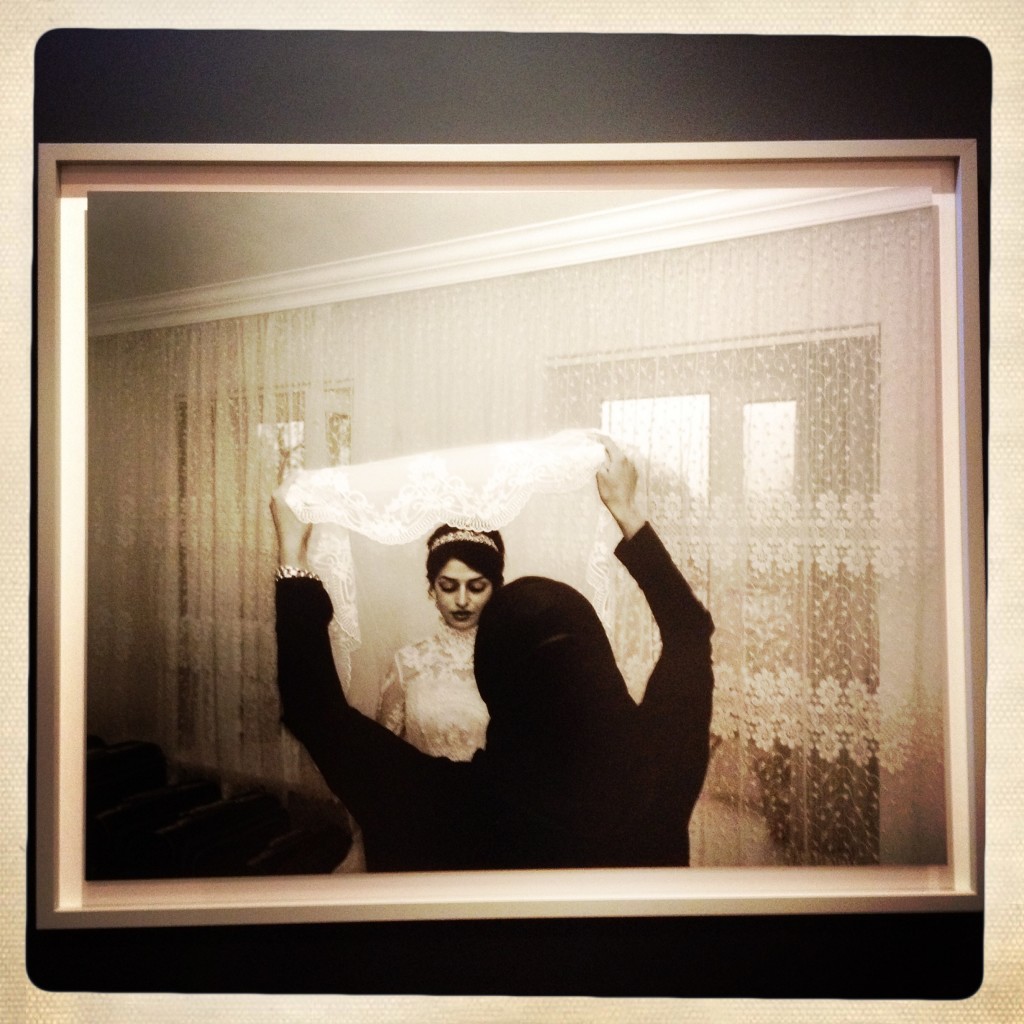
Festival Voies Off. Mostra "Spasibo" di Davide Monteleone. Hotel de Luppé, Arles. Foto © Mariateresa dell'Aquila.
Festival Voies Off. Mostra "Spasibo" di Davide Monteleone. Hotel de Luppé, Arles. Foto © Mariateresa dell'Aquila.

Les Rencontres d'Arles 2014. Foto © Gabriele Magazzù
Les Rencontres d'Arles 2014. Foto © Gabriele Magazzù

Les Rencontres d'Arles 2014. Raymond Depardon "France", Eglise des frères prêcheurs. Foto © Gabriele Magazzù
Les Rencontres d'Arles 2014. Raymond Depardon "France", Eglise des frères prêcheurs. Foto © Gabriele Magazzù
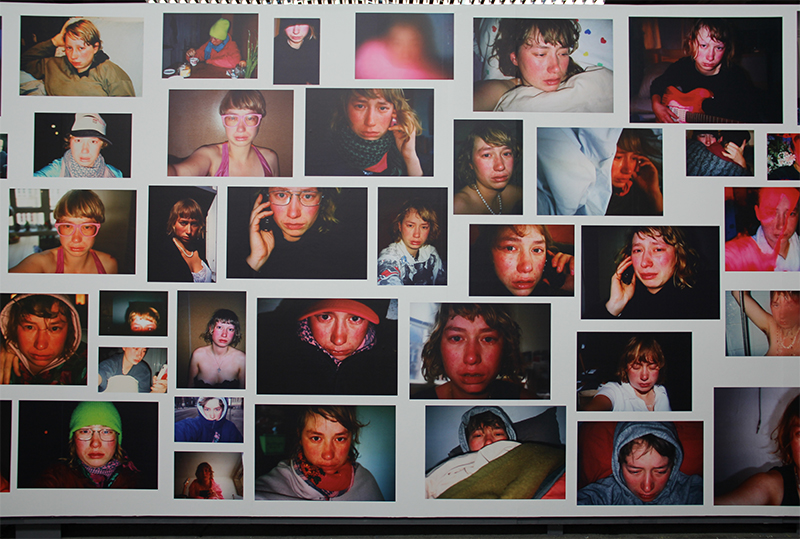
Les Rencontres d'Arles 2014. Melanie Bonajo, Atelier de Chaudronnerie. Foto © Gabriele Magazzù
Les Rencontres d'Arles 2014. Melanie Bonajo, Atelier de Chaudronnerie. Foto © Gabriele Magazzù

Les Rencontres d'Arles 2014. Patrick Swirc, Abbazia di Montmajour. Foto © Gabriele Magazzù
Les Rencontres d'Arles 2014. Patrick Swirc, Abbazia di Montmajour. Foto © Gabriele Magazzù

Les Rencontres d'Arles 2014. Lucien Clergue, Musée Réattu. Foto © Gabriele Magazzù
Les Rencontres d'Arles 2014. Lucien Clergue, Musée Réattu. Foto © Gabriele Magazzù

Les Rencontres d'Arles 2014. Prix Picte retrospective: Nadav Kander. Magasin électrique. Foto © Gabriele Magazzù
Les Rencontres d'Arles 2014. Prix Picte retrospective: Nadav Kander. Magasin électrique. Foto © Gabriele Magazzù

Les Rencontres d'Arles 2014. Parc des Ateliers. Foto © Gabriele Magazzù
Les Rencontres d'Arles 2014. Parc des Ateliers. Foto © Gabriele Magazzù

Les Rencontres d'Arles 2014. Will Steacy, Atelier de Chaudronnerie. Foto © Gabriele Magazzù
Les Rencontres d'Arles 2014. Will Steacy, Atelier de Chaudronnerie. Foto © Gabriele Magazzù
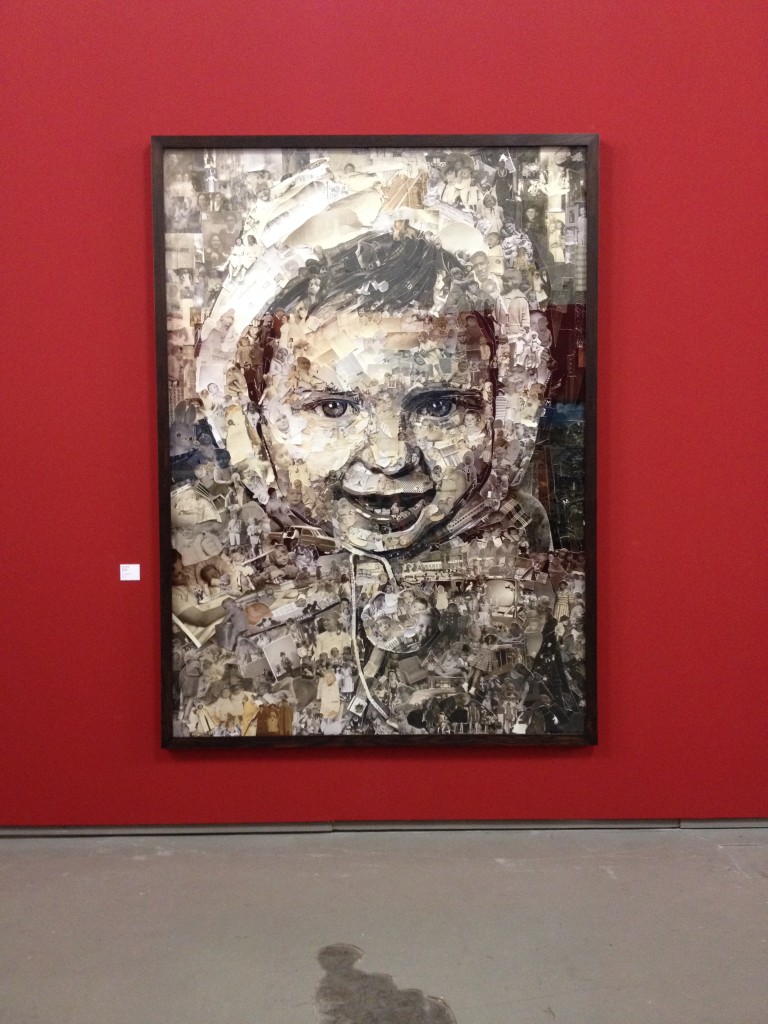
Les Rencontres d'Arles 2014. Vik Muniz, "Album". Foto © Mariateresa dell'Aquila.
Les Rencontres d'Arles 2014. Vik Muniz, "Album". Foto © Mariateresa dell'Aquila.
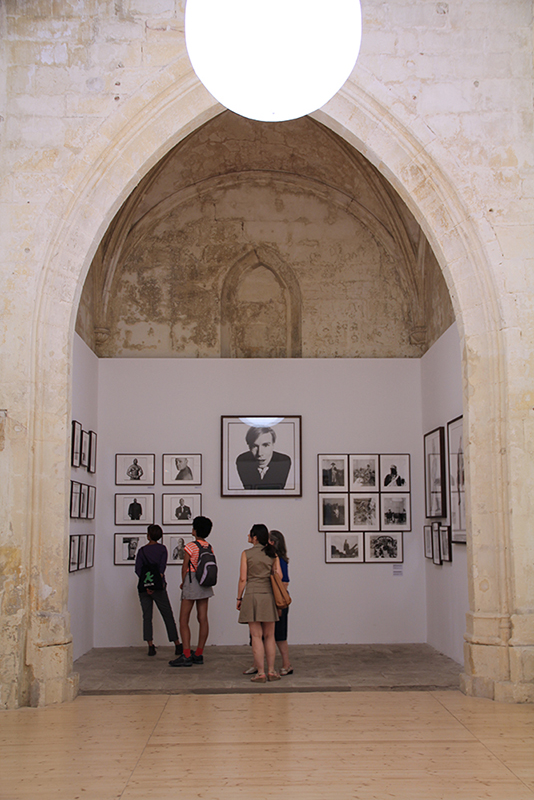
Les Rencontres d'Arles 2014. David Bailey at the Église Saint-Anne. Image © Gabriele Magazzù
Les Rencontres d'Arles 2014. David Bailey at the Église Saint-Anne. Image © Gabriele Magazzù
Les Rencontres d'Arles 2014: ritorni, ripetizioni, variazioni.
Che quest’ultima edizione dei Rencontres fosse nata sotto un clima particolare era cosa nota: ancor prima di cominciare, molti addetti ai lavori hanno storto il naso per diverse ragioni, tutte riconducibili al cambio di gestione della kermesse.
Una premessa ci sembra quindi opportuna: François Hebel, che aveva già diretto il festival alla fine degli anni ’80, ritorna nel 2001 per risollevare un evento sommerso dai debiti e con appena 9000 visitatori l’anno. In una decade, il modello organizzativo – ed economico – imposto da Hebel ha portato il festival ad avere grandi sponsor privati, un successo di pubblico crescente, e all’espansione dei Rencontres all’interno della grande area del Parc des Ateliers, le ex officine ferroviarie che sono poi diventate per anni “base” del festival. Proprio le officine sarebbero la causa delle dimissioni di Hebel: la città di Arles le ha infatti vendute alla LUMA Foundation, e diventeranno un campus dedicato alle arti visive esteso su 10 ettari, spodestando de facto i Rencontres. Il disappunto di Hebel deve essere stato grande, tanto da portare alle sue dimissioni.
Come già avevamo accennato qui, quest’edizione nasce con un intento celebrativo dei fasti del passato, riproponendo le immagini di alcuni fotografi (ed uno stilista) che hanno segnato la storia del festival. Un’esposizione dei “gioielli di famiglia” – Depardon, Clergue, Lacroix, Bailey – di alcune collezioni private che raccolgono un po’ di tutto, ed ovviamente nuova fotografia e photobooks da tutto il mondo. Citazione doverosa per gli allestimenti: grande cura e attenzione al dettaglio praticamente per tutte le mostre, ed in alcuni casi l’allestimento ha determinato il senso e la cifra stilistica dell’esposizione.
Le immagini di Depardon dei memoriali della Grande Guerra, sparse un po’ per tutta la città, sono interessanti soprattutto per il loro valore documentale, più bella invece l’installazione creata con le immagini dei memoriali scattate da persone comuni: slideshow immersi nel buio, con le registrazioni del suono ambiante ad alternarsi in maniera casuale. Nello stesso ambiente, un corridoio rosso sangue portava alle piccole immagini retroilluminate di Gimpel, dove i bambini del 1915 giocavano alla guerra, mettendo in scena le tragedie dei grandi.
Molta attenzione dedicata a due arlesiani: Lucien Clergue, con le immagini che lo hanno reso celebre – i nudi, Picasso e Cocteau, i gitani della Camargue – nel bell’allestimento al Musée Réattu, e lo stilista Lacroix, presente con una collezione di ritratti contemporanei incentrati sulla figura dell’Arlésienne, l’iconica figura della donna in abiti tradizionali.
Grande spazio al ritratto: belli ma abbastanza autoreferenziali i famosi scatti delle star (e non) di Bailey, interessanti quelli di Swirc e Perez entrambi privilegiati dal l’incredibile location dell’abbazia di Montmajour, un po’ artificiose forse le immagini della gente comune di Rouvre.
Particolari e impressionanti invece i fotocollage in grande formato di Vik Muniz, per perizia e qualità visiva.
Sentimenti contrastanti di fronte alle collezioni: privilegiare l’operazione o le immagini?
A nostro avviso, decisamente poco attrattiva la collezione Hunt, per le centinaia di foto di confraternite, club e ogni tipo di associazione dell’America degli anni ’40, seppur sapientemente ordinate.
Discorso diverso per l’importante collezione Walther, opportunamente divisa in sezioni – Tipology, taxonomy e seriality – che raccoglie autori distanti nel tempo, nella geografia e nelle idee: Sander, Avedon, Bernd e Hilla Becher, Araki, fino Malick Sidibé, Samuel Fosso e Seydou Keïta.
Interessante la collezione Trepat curata da Fontcuberta, nel segno industrialista dell’avanguardia spagnola tra le due guerre, e la mostra Bons Baisers des colonies, raccolta di cartoline dalle colonie, con il loro immaginario esotico/erotico.
Definita da alcuni come irritante o noiosa, la mostra The Chinese Photobook curata da Martin Parr e dal duo olandese WassinkLundgren è probabilmente l’operazione più interessante di questa edizione. Ricevute delle torce elettriche all’ingresso, si entra in stanze illuminate dalla sola luce rossa. Ogni stanza contiene ripiani e teche in vetro con decine di libri fotografici pubblicati in Cina, dai primi del ‘900 ad oggi: un catalogo fotografico che attraversa la Cina imperiale, l’occupazione giapponese, le “fasi” della Cina comunista fino ad oggi. Conveniamo che orientarsi nella semioscurità tra questi volumi, di cui molti di propaganda, intervallati solo da alcuni slideshow, con il mero ausilio di una torcia non sia il tipo di fruizione a cui l’utente medio è abituato. Detto questo, l’allestimento è una vera e propria esplorazione, un gioco alla scoperta di immagini sconosciute, fino ad autori contemporanei come Liu Zheng o Patrick Tsai.
Eterogenei i materiali dell’ampio spazio degli Ateliers: affollata e sempre interessante la selezione dei libri fotografici, tra cui Hidden Islam di Nicolò DeGiorgis, vincitore dell’Author Book Award di questa edizone; Small Universe, selezione di “trivial photography” olandese più che trascurabile, con l’eccezione degli autoscatti in lacrime di Melanie Bonajo; la bella retrospettiva del Prix Pictet, con foto di Nadav Kander e Luc Delahaye tra gli altri.
Per il Discovery Award, affidato a cinque curatori internazionali, ci hanno colpito Kechun Zhang, con le sue immagini sottilmente stranianti prese lungo il fiume Giallo, il coreano Youngsoo Han - una riscoperta del dopoguerra, e Will Steacy, paziente narratore della vita di redazione in un quotidiano attraverso tre decadi, fino alla chiusura definitiva.
Infine, vogliamo segnalare Serena de Sanctis e Delphine Schacher, entrambe vincitrici del contest annuale SFR Young Talents: la prima con le immagini del padre meccanico, Dino, tra distacco e sottile partecipazione, la seconda descrive con luce soffusa la vita in una campagna senza tempo.
Cosa dedurre quindi da questa edizione dei Rencontres? A parte l’impostazione da amarcord che si è voluta dare, la kermesse è servita anche come termometro per misurare certe tendenze della fotografia contemporanea. Sicuramente un ritorno della serie come forma progettuale, forse con un eccesso di autoreferenzialità legata all’esibizione del mondano, ormai con poco spessore concettuale. Un indirizzo diverso, e che fa ben sperare invece, sembra quello preso dalle intersezioni tra fotografia documentale, il reportage e alcune modalità dell’arte contemporanea: si sceglie di riprendere e raccontare luoghi, vicende e persone, senza particolare formalismo, ma con grande attenzione alla luce e al valore intimo che le immagini possono avere. Spesso prendendosi il tempo che serve, utilizzando anche il medio o grande formato.
Ampia presenza di immagini manipolate, attraverso modalità “antiche” come il collage, al pastiche digitale, fino alla produzione di veri e propri oggetti, che insieme espongono e incorporano le immagini.
Non molto si è visto legato al video o alla multimedialità, qui utilizzati come supporto alla presentazione, che sono invece strumenti e approcci sempre più fusi con la pratica fotografica. Un deciso “revival”, per così dire, è quello decisamente positivo del libro fotografico: nell’epoca delle immagini immateriali, si cerca sempre di più la necessità di un progetto che ha prenda una forma concreta, con un volume, una forma ed un odore.
Tanta carne al fuoco quindi, per un resoconto che abbiamo cercato di rendere più esaustivo possibile e – lo speriamo vivamente – interessante. A prescindere da polemiche su gestione e contenuti, i Rencontres rimangono sempre un punto di riferimento. Al nuovo direttore Sam Stourdzé, l’arduo compito di fare sempre meglio, mantenendone intatto lo spirito.
Testo di Gabriele Magazzù
Fotografie di Mariateresa dell'Aquila e Gabriele Magazzù
ENGLISH VERSION
Les Rencontres d'Arles 2014: comebacks, repetitions, variations.
It was a known fact that the latest edition of Rencontres had been born under a particular star. Even prior to its commencement, a number of people in the industry had turned up their nose for various reasons, which can all easily be linked to the change of management of the kermesse.
Therefore a premise is quite suitable: after working on the festival at the end of the Eighties, Frençois Hebel returns in 2001 to revitalise an event that was collapsing under debts and boasting a mere 9,000 visitors per year. In the span of just a decade, the organizational and financial plan of Hebel’s has secured the festival big private sponsors, an ever-growing acclaim from the audience and the expansion of Recontres within the massive Parc des Ateliers area - the former train workshops which later became the “solid ground” of the festival for years. It is understood that it is exactly these workshops that are causing Hebel’s resignations. The town of Arles has sold them to LUMA Foundation and they are now set to become a 20-acre campus for visual arts - thus moving away Recontres, de facto. Hebel’s dismay must have been just so enormous to lead to his resigning.
As we had previously noted here, this edition originates from the intent to celebrate the glories of the past, by displaying the images of photographers (and of one designer) who have left a mark in the festival history. An exhibition of the “family jewelry” - Depardon, Clergue, Lacroix, Bailey - from quite differentiated and omni-comprehensive private collections, in addition to new photography and photo books from all around the globe. The overall set-up is certainly worth a special mention: great care and attention to detail informed each display, which at times resulted in defining the code and meaning of the entire exhibit.
Scattered all around town, Depardon’s images of the Great War memorials in France have an interesting documental value. However, the installation created with photos taken by common people is definitely more attractive - featuring slideshows submerged in the dark and accompanied by randomly alternating sounds captured on the field. On the same location, a blood-red hallway takes the visitor to Leon Gimpel’s tiny backlit images, where the children of 1915 were staging the tragedies of the adult world.
Great attention is given to two notable Arlesians: Lucien Clergue, with the pictures that made him famous – nudes, Picasso and Cocteau, the Camargue’s Gipsies – exhibited at the Musée Réattu, and fashion designer Christian Lacroix, with his collection of contemporary depictions of the Arlésienne - Arles’ iconic traditional female character.
Portraiture is granted great room, too. David Bailey’s portraits of celebrity and common people were beautiful indeed, although (perhaps) much too self-referential. The photos by Swirc and Perez were interesting – and wonderfully located at the Abbaye de Montmajour. slightly factitious As for Rouvre’s portraits of common people, they resulted to be slightly artificial, whereas Vik Muniz’s large photo-collages must be acclaimed for the impressive technical brilliance and imagery.
The collections aroused mixed feelings. Which good is to favour between the collection as a way of exhibiting and the photographs?
We deem the Hunt collection somewhat unattractive. Although skillfully sorted, it merely stacks hundreds of pictures depicting fraternities, clubs and every kind of associative group in 1940s America.
On the other hand, the Walther collection is wisely divided into three sections (typology, taxonomy and seriality), thus bringing together authors varying in terms of style, geography and time: from Sander, Avedon, Bernd and Hilla Becher, to Malick Sidibé and Samuel Fosso, to Seydou Keïta and Araki.
Equally captivating are the Trepat collection (curated by Joan Fontcuberta) that reveals the industrialist signature of the Spanish avant-garde between the two World Wars, and the Bons Baisers des colonies exhibition, a collection of exotic/erotic postcards from the former French colonies.
Deemed annoying or irritating by some viewers, the Chinese Photobook exhibition curated by Matin Parr and Dutch duo VassinkLundgren is probably the most interesting set-up of this year’s Rencontres. Upon receiving torches at the entrance, visitors wander through red-lit rooms and corridors. Each room contains glass table-displays and cases, with dozens of photo-books published in China between the early XX century to the present day - a proper photographic inventory covering Imperial China, the Japanese occupation and Communist China. We agree on the fact that orientating in semi-obscurity handing a torch amongst these volumes (including a number of propaganda pamphlets, and solely alternated by a few slideshows) is not exactly what the average visitor is accustomed to. Having said that, the exhibition does constitute a real exploration, a discovering game of unknown pictures from the past that eventually lands to contemporaries of the likes of Liu Zheng and Patrick Tsai.
The wide space of Ateliers hosts miscellaneous materials: a crowded and ever-interesting selection on photo-books – amongst which Hidden Islam by Niccolò DeGiorgis (winner of the Author Book Award) really shines; Small Universe, an unremarkable selection of Dutch “trivial photography”, with the exception of Melanie Bonajo’s crying self-shots; and the good Prix Pictet retrospective, featuring Nadav Kander and Luc Delahaye amongst others.
Within the Discovery Award selection (managed by five international curators) we were pleasantly stunned by Kechun Zhang with his subtly estranging pictures of the Yellow River, Korean Youngsoo Han with his revival of post-war times, and Will Steacy, patient narrator of a newspaper’s daily life spanning through three decades until its final closing.
Finally, we would like to point out two young photographers from the annual SFR Young Talents contest - Serena de Sanctis and Delphine Schacher. Whilst the former displayed the pictures of her father Dino, a mechanic, subtly caught between detachment and personal involvement, the latter presented her take on timeless country life, drenched in a thin light.
What to gather from this edition of the Rencontres, then? Aside from the “family reunion” imprint, the festival could be used as an indicator of current tendencies in photography. There is an undeniable strong return of the series as a projectual form, perhaps marked by an excessive and auto-referential display of mundane details – now conceptually flimsy. A different - and promising - direction seems to be drawn from the intersection between documentary, reportage, and contemporary art practice: capturing and describing places, events and people. With no explicit formalism, but through great attention to the intimate and immediate value images are capable of achieving. Often taking their time, using medium and large formats.
Wide presence of manipulated images, from old-fashioned ways as collage, to digital pastiche and the production of photo-objects, at the same time exposing and incorporating images.
On a different note, little room was left to video and multimedia, which were used as back-ups to the general presentation rather than tools and approaches that are actually investing today’s photography more and more increasingly.
We also witnessed a positive “revival” - so to speak - of the photo-book. In the era of intangible images, there is a manifest search for the need to give projects concrete form, volume, shape and scent.
A great deal of pictures and observations spark from this short report, that we tried to shape in the most exhaustive – and hopefully interesting – way we could. Regardless of the controversy around management and contents, the Rencontres retain their precious role of being a point of reference for contemporary photography. New director Sam Stourdzé is invested with the arduous task of constant and ever-growing betterment, whilst preserving the festival’s original spirit.
Italian text by Gabriele Magazzù
Photographs by Mariateresa dell'Aquila and Gabriele Magazzù
We are a self-funded intiative, and we rely on the expertise each of us has gained in his/her field of specialty. Whilst presenting our interviews and articles, we are looking forward to your feedback to help us improve our English version - anything related to specific words, phrases or idiomatic expression, or any other annotation you might deem useful.
Please email us at info@phom.it.
